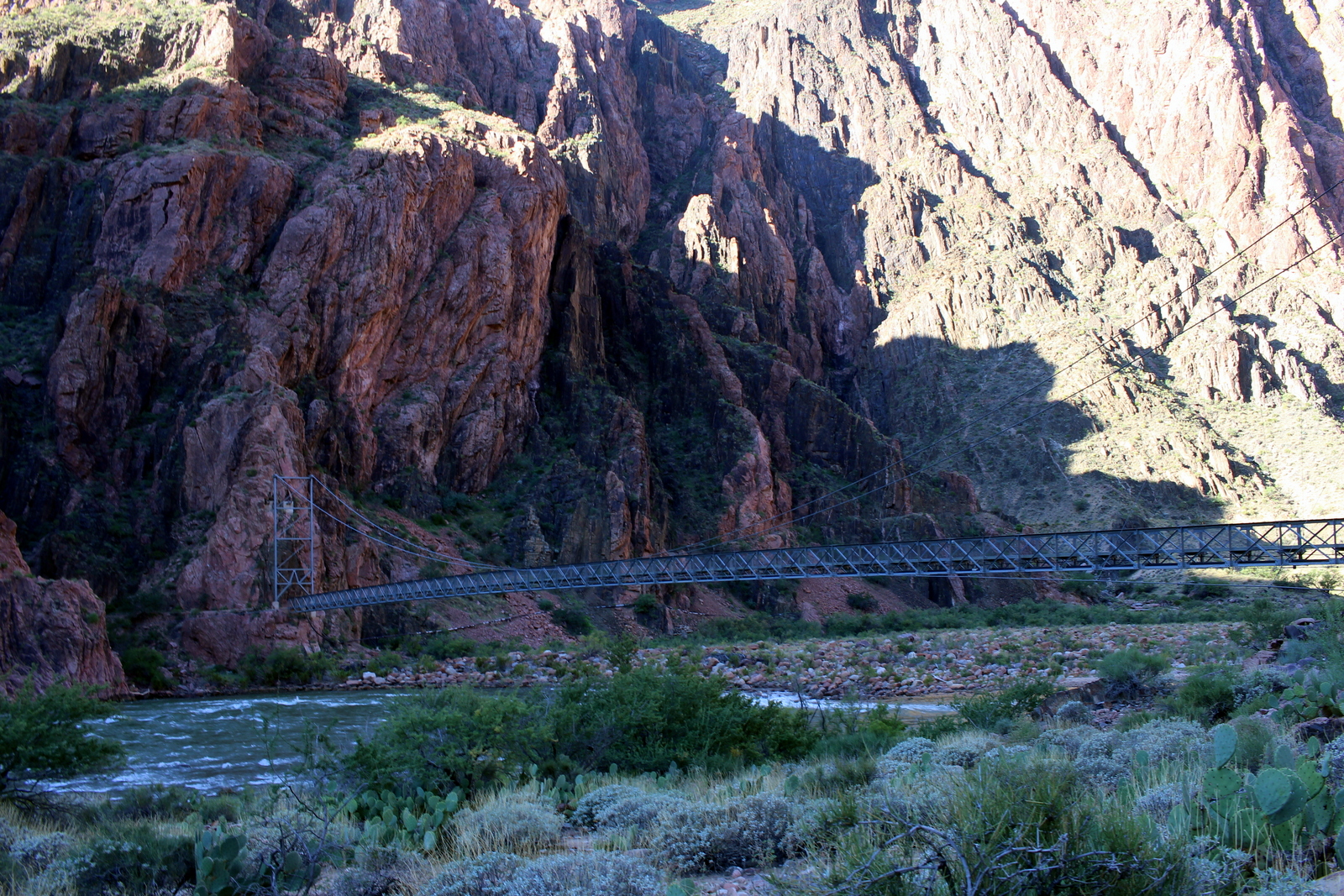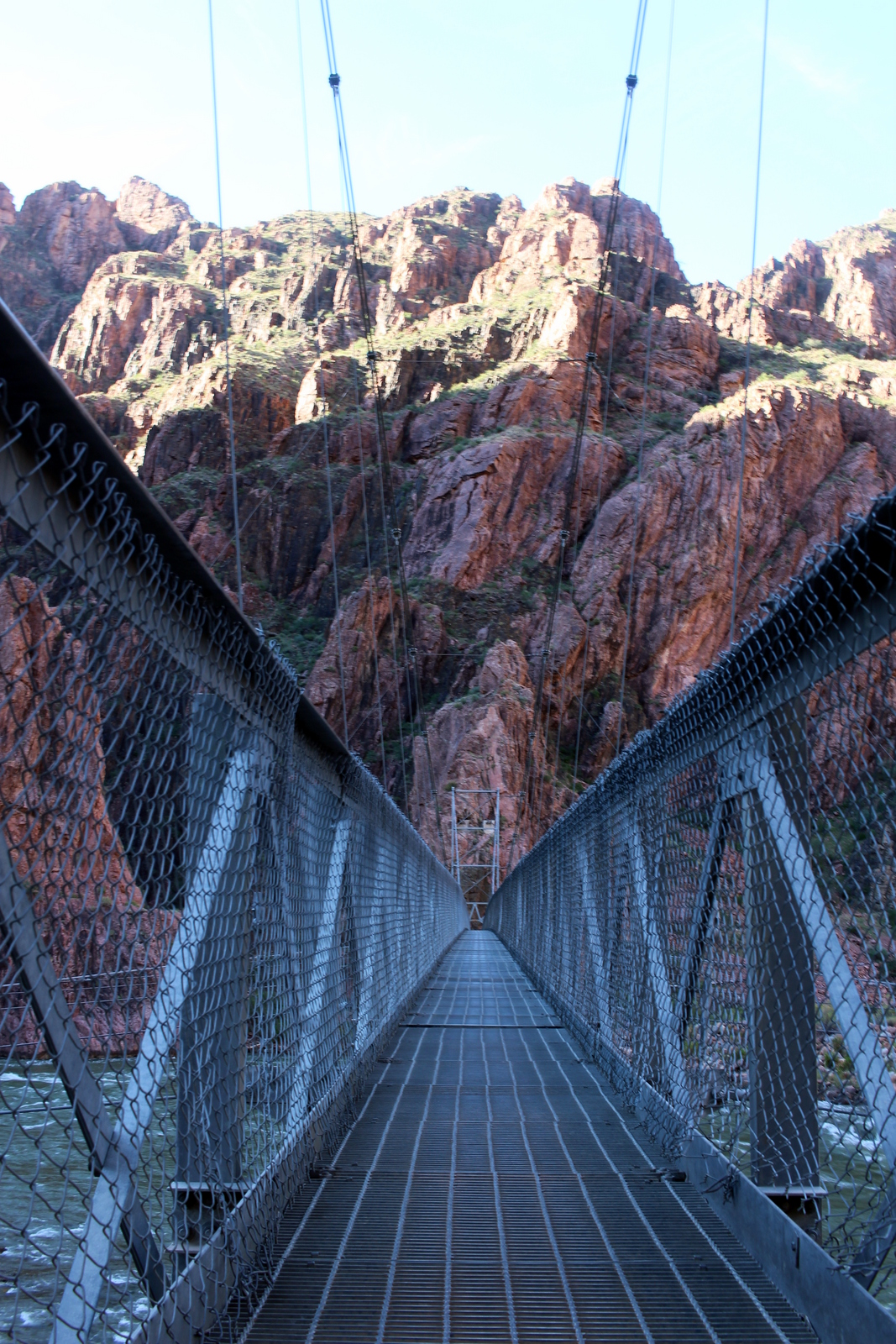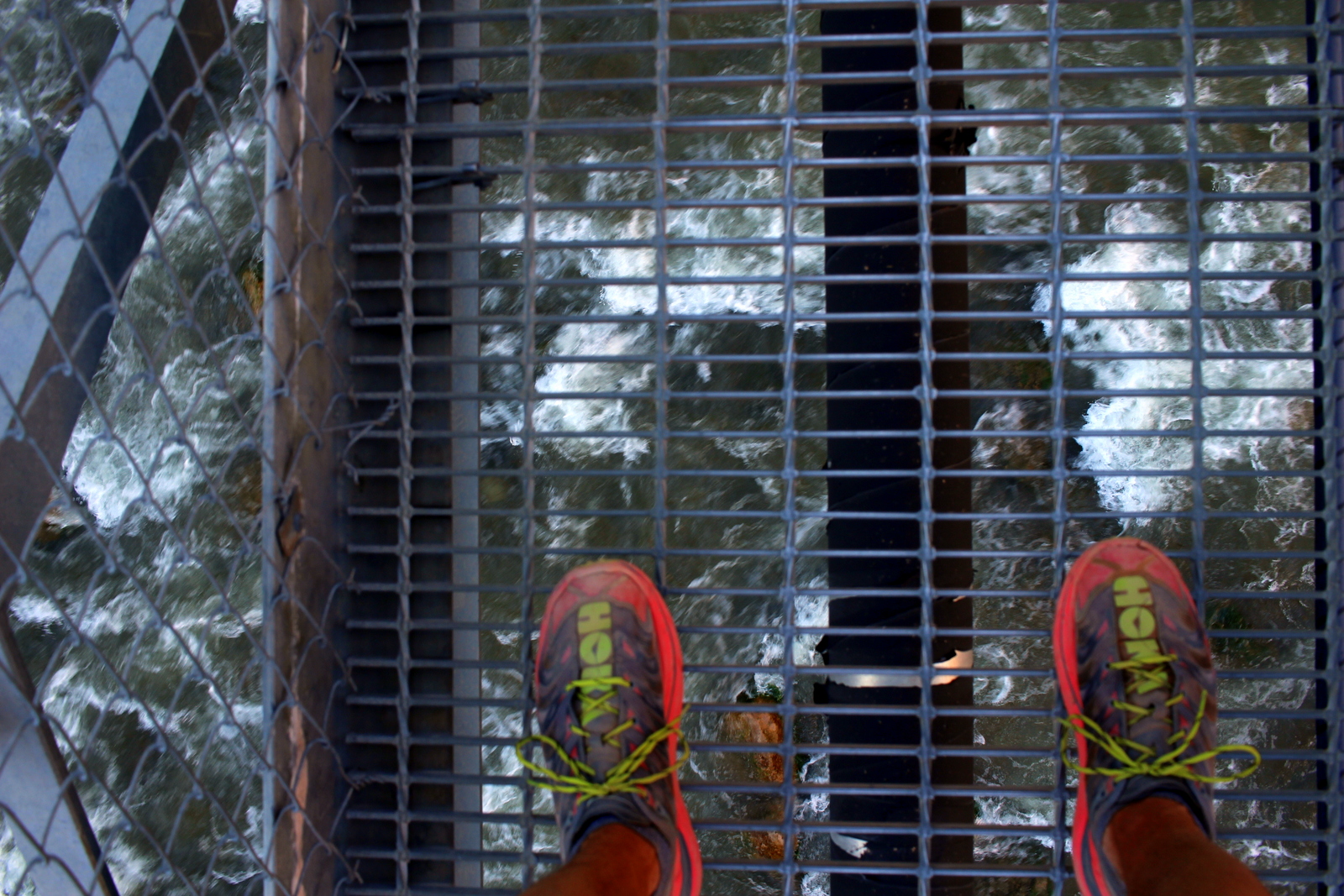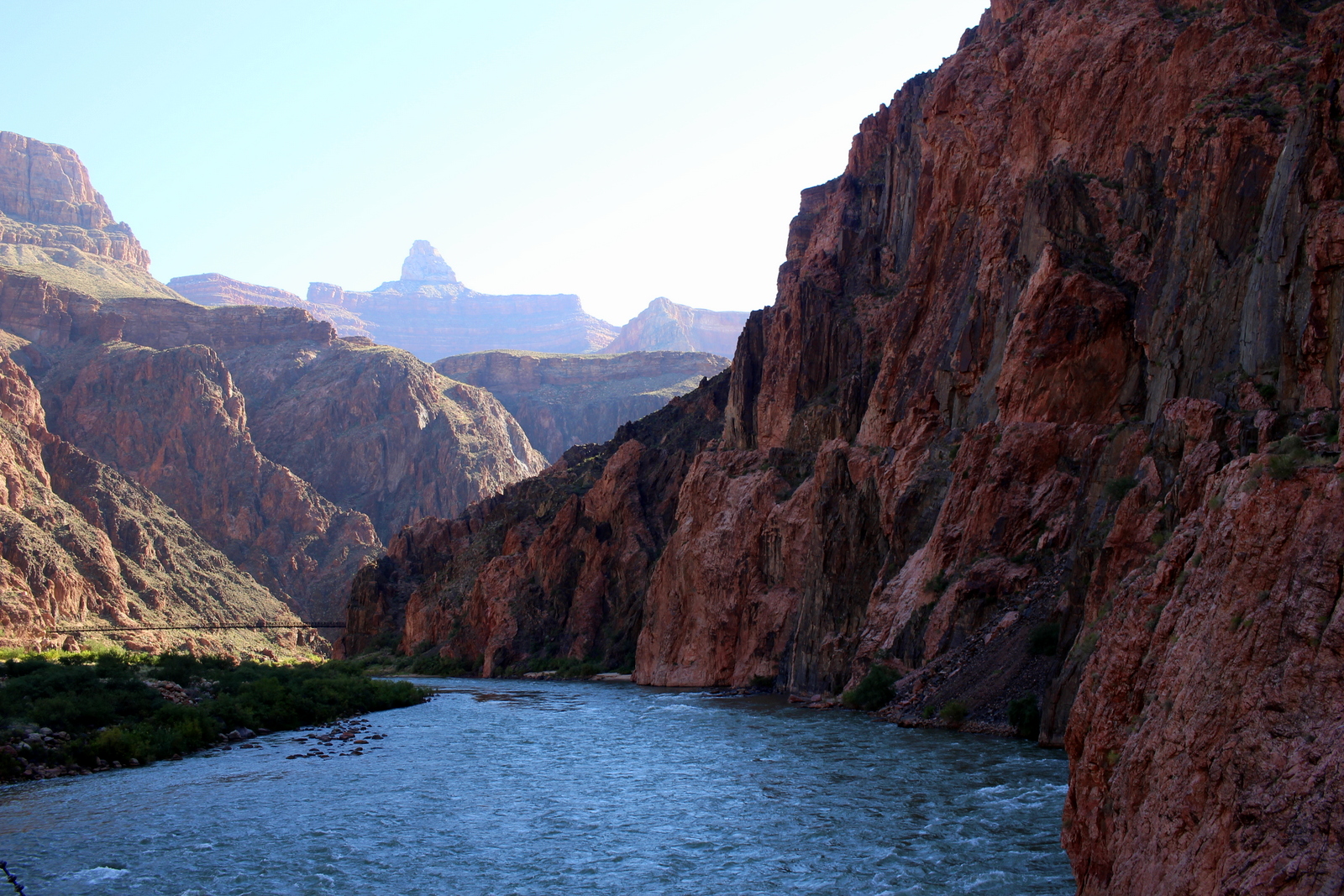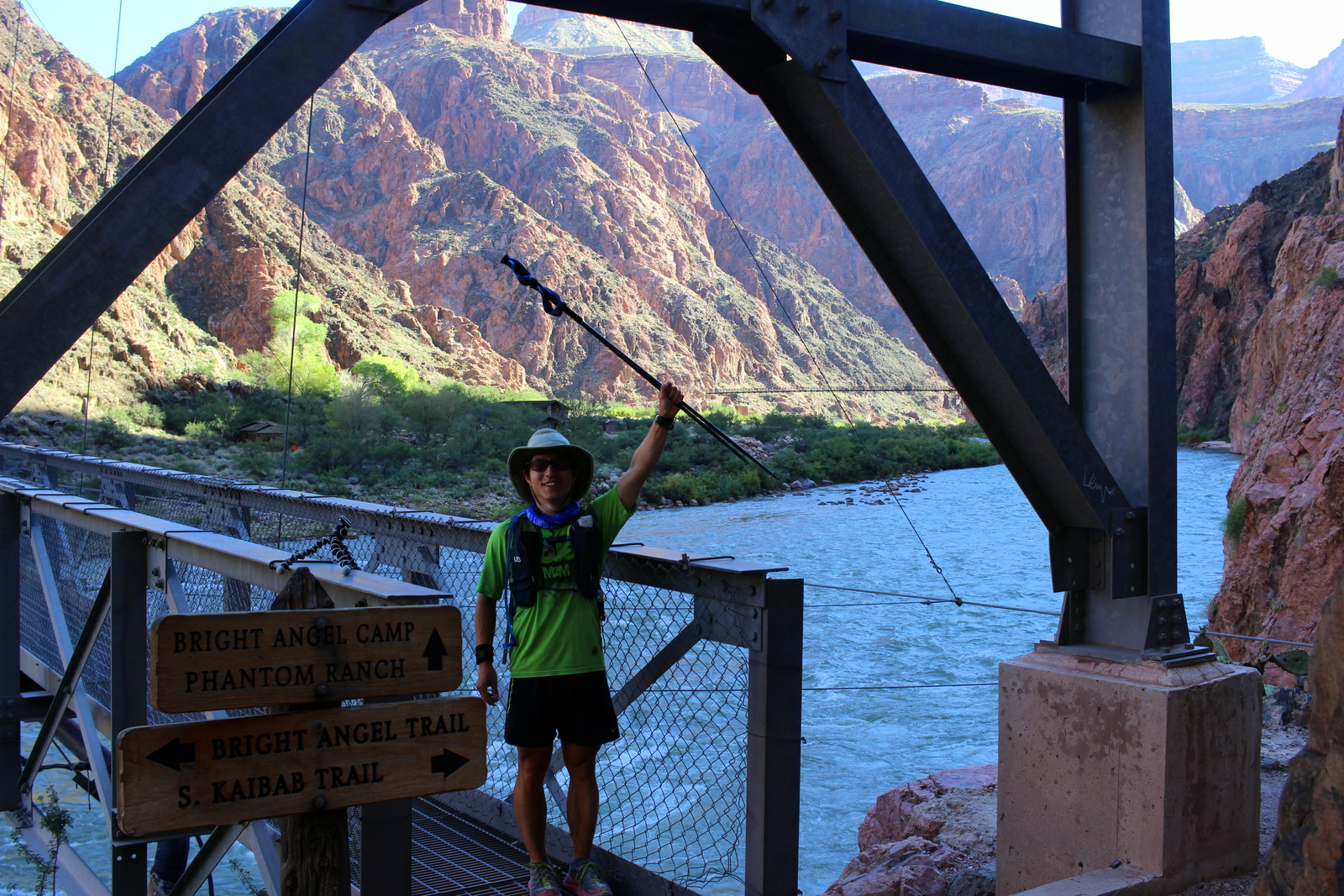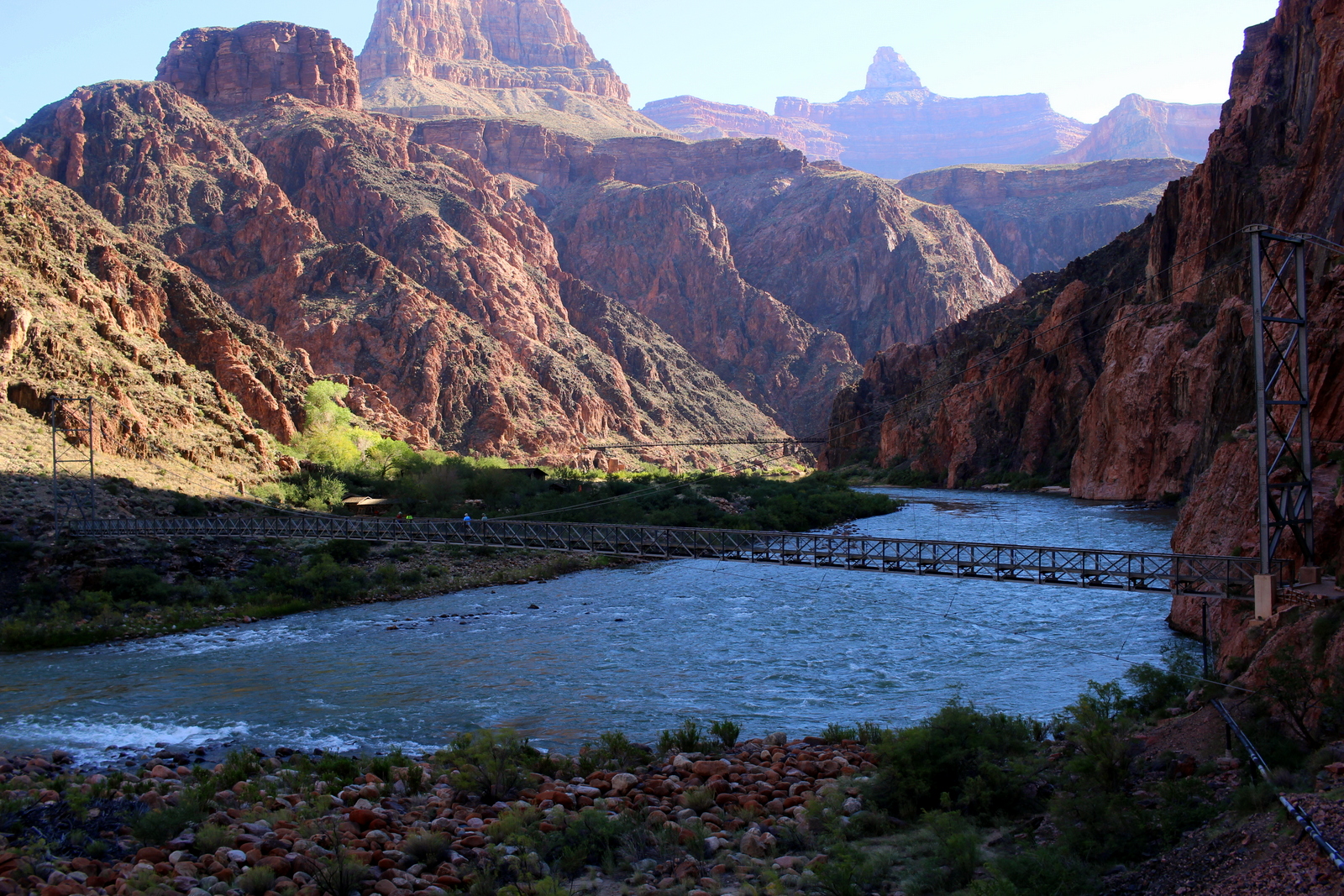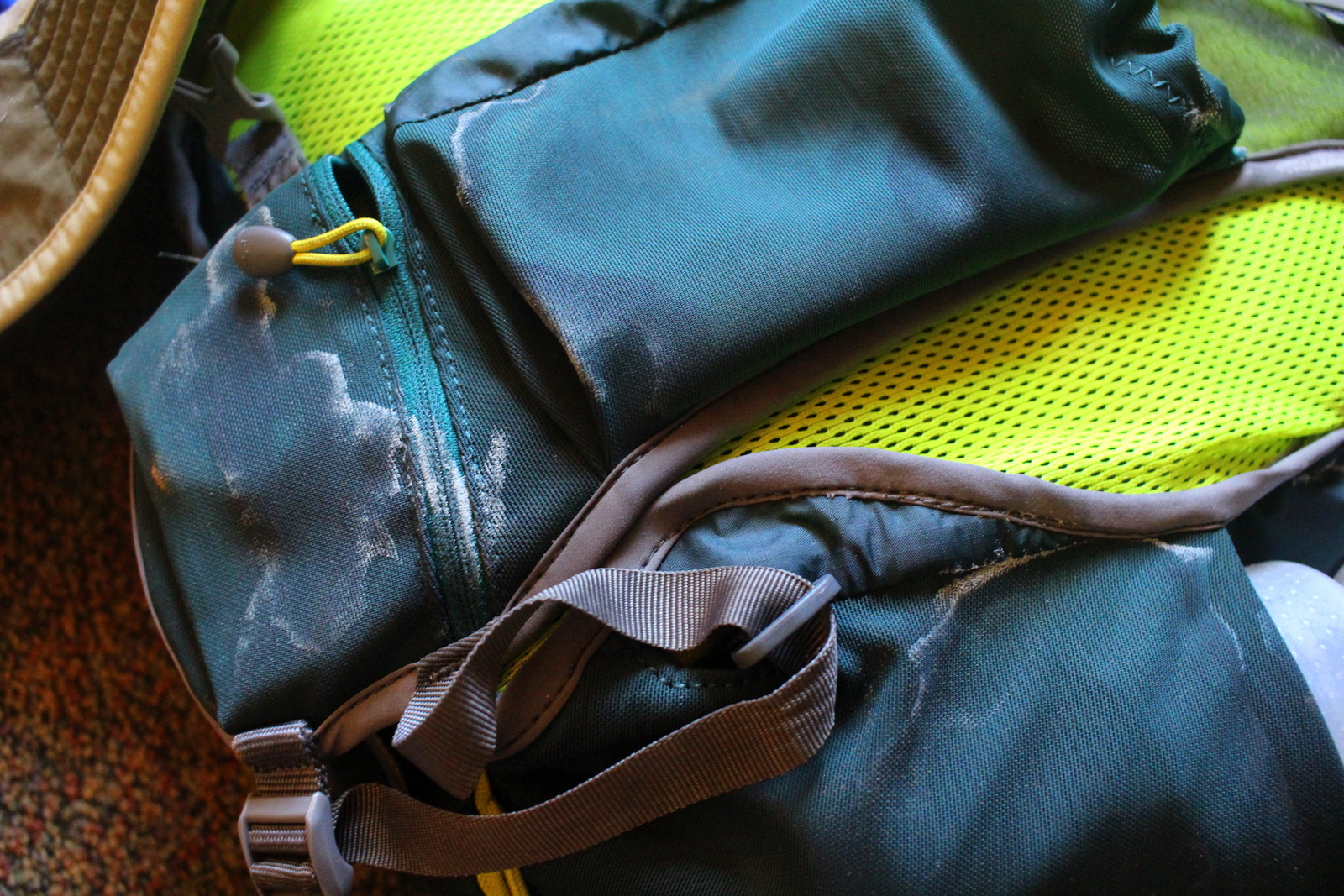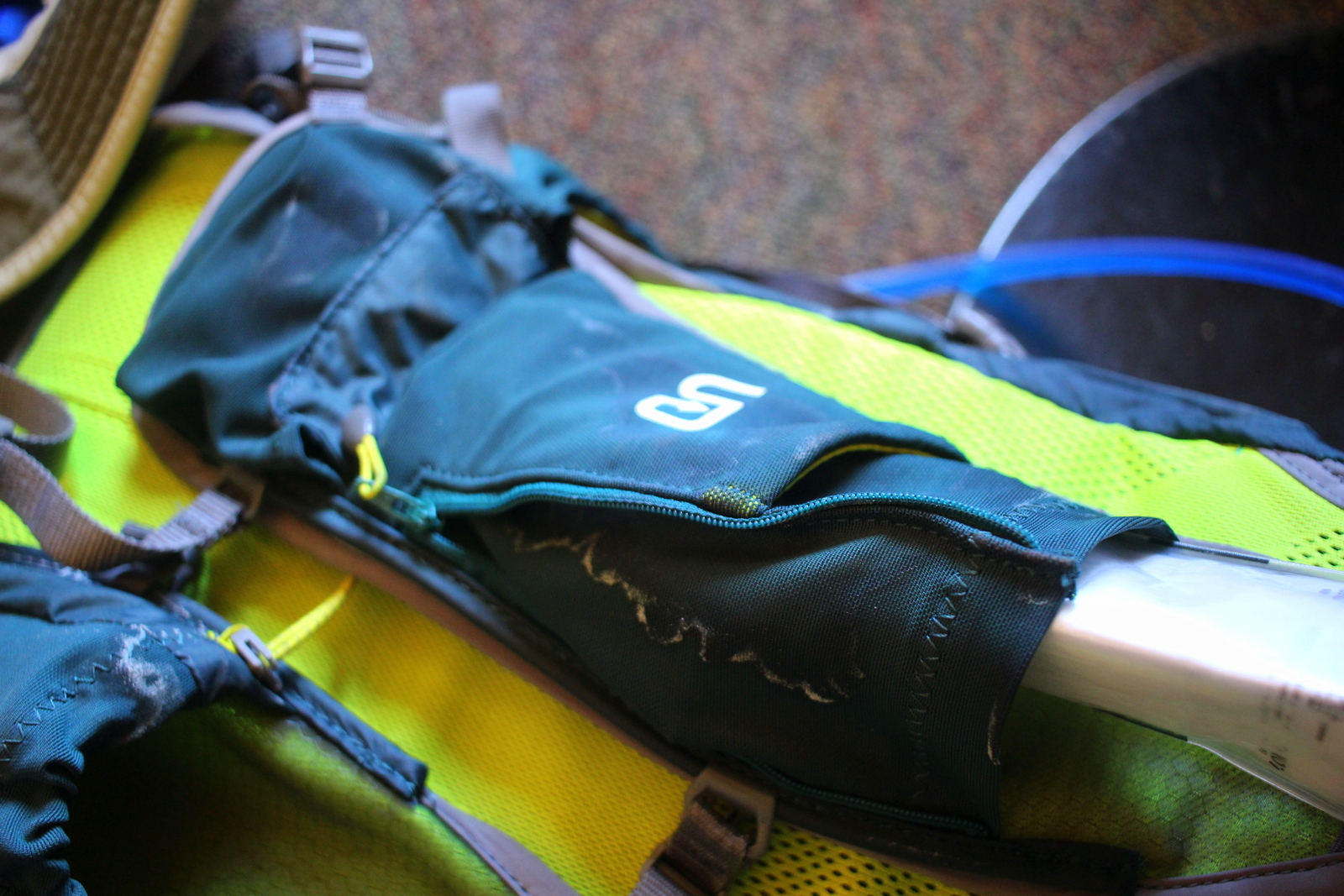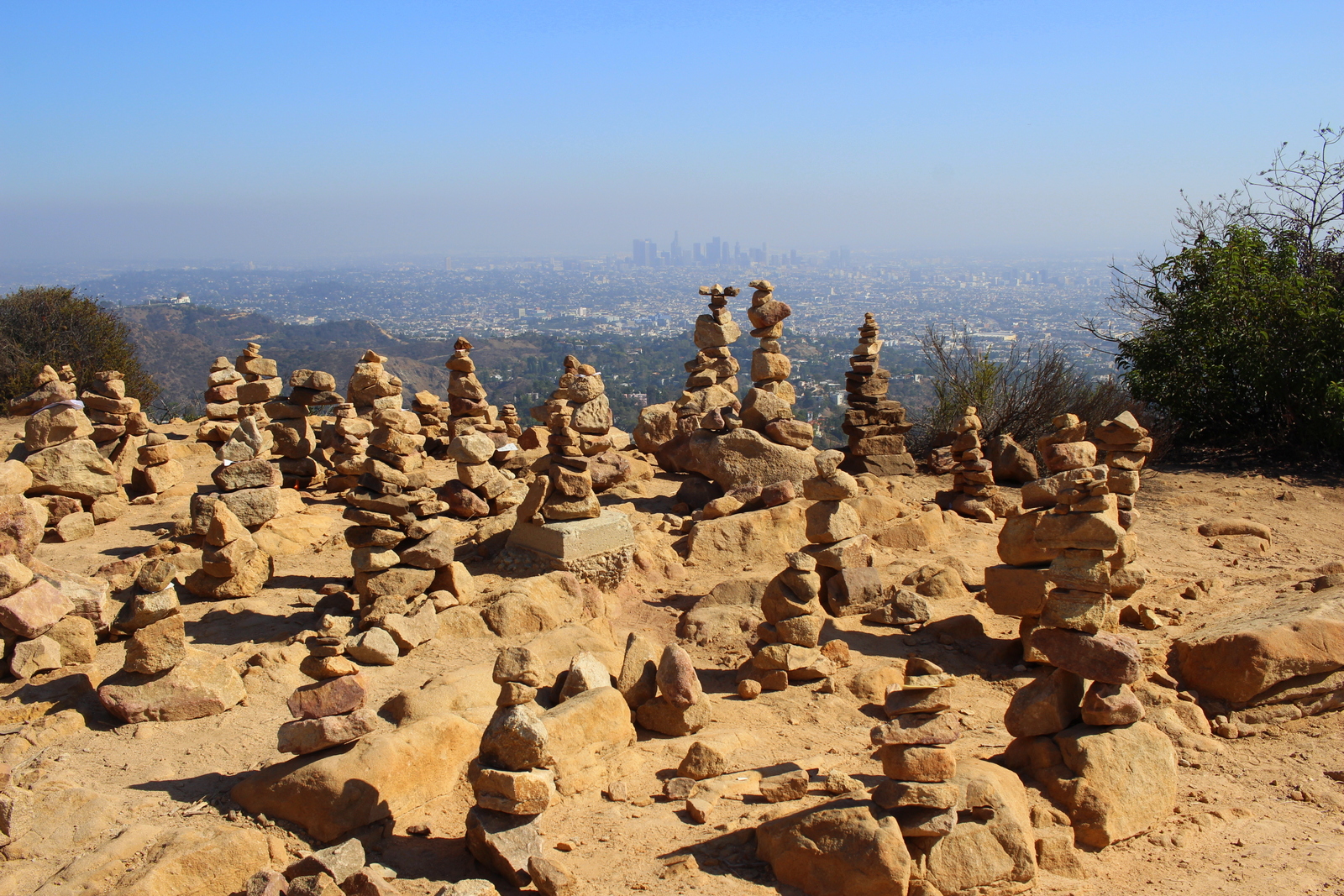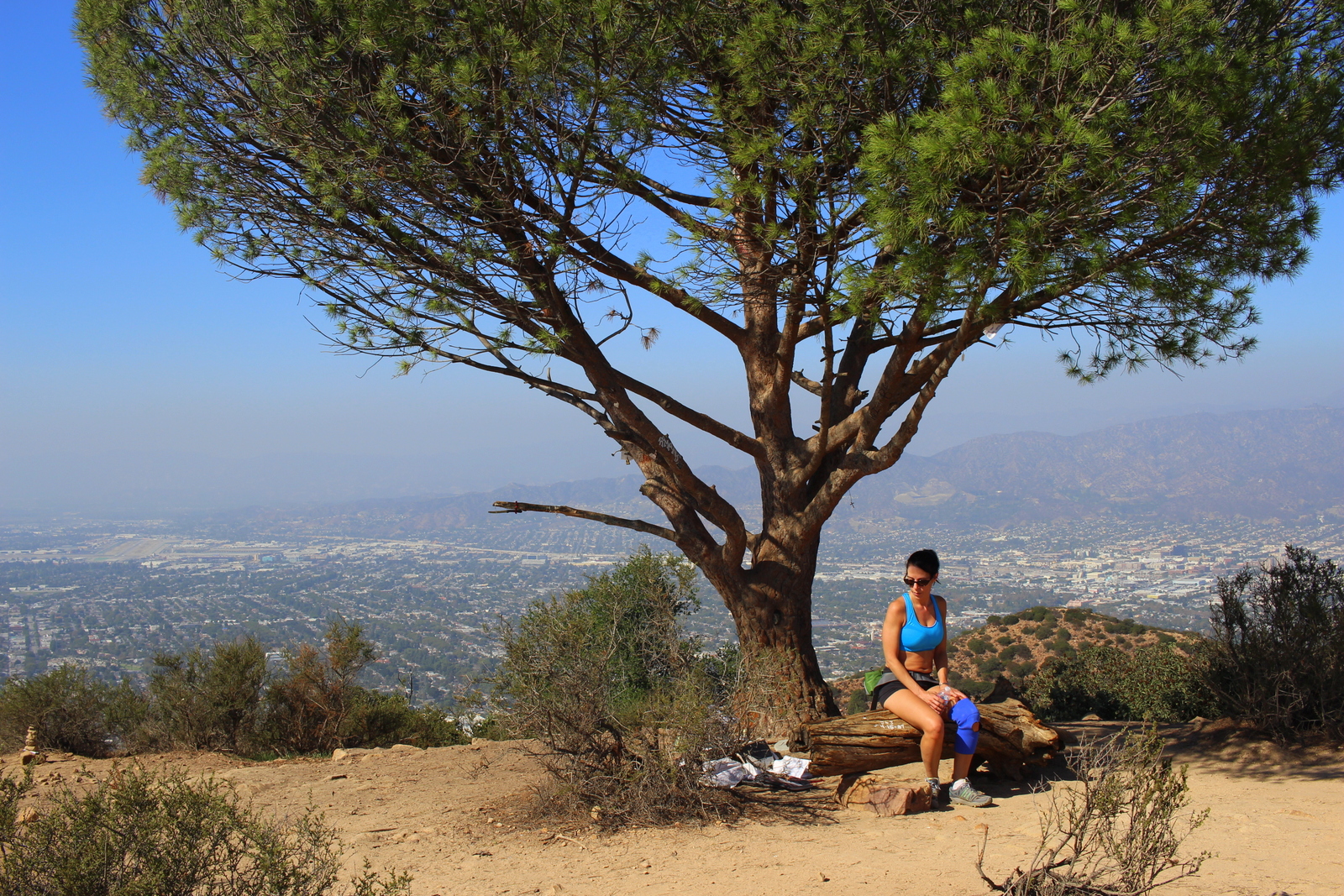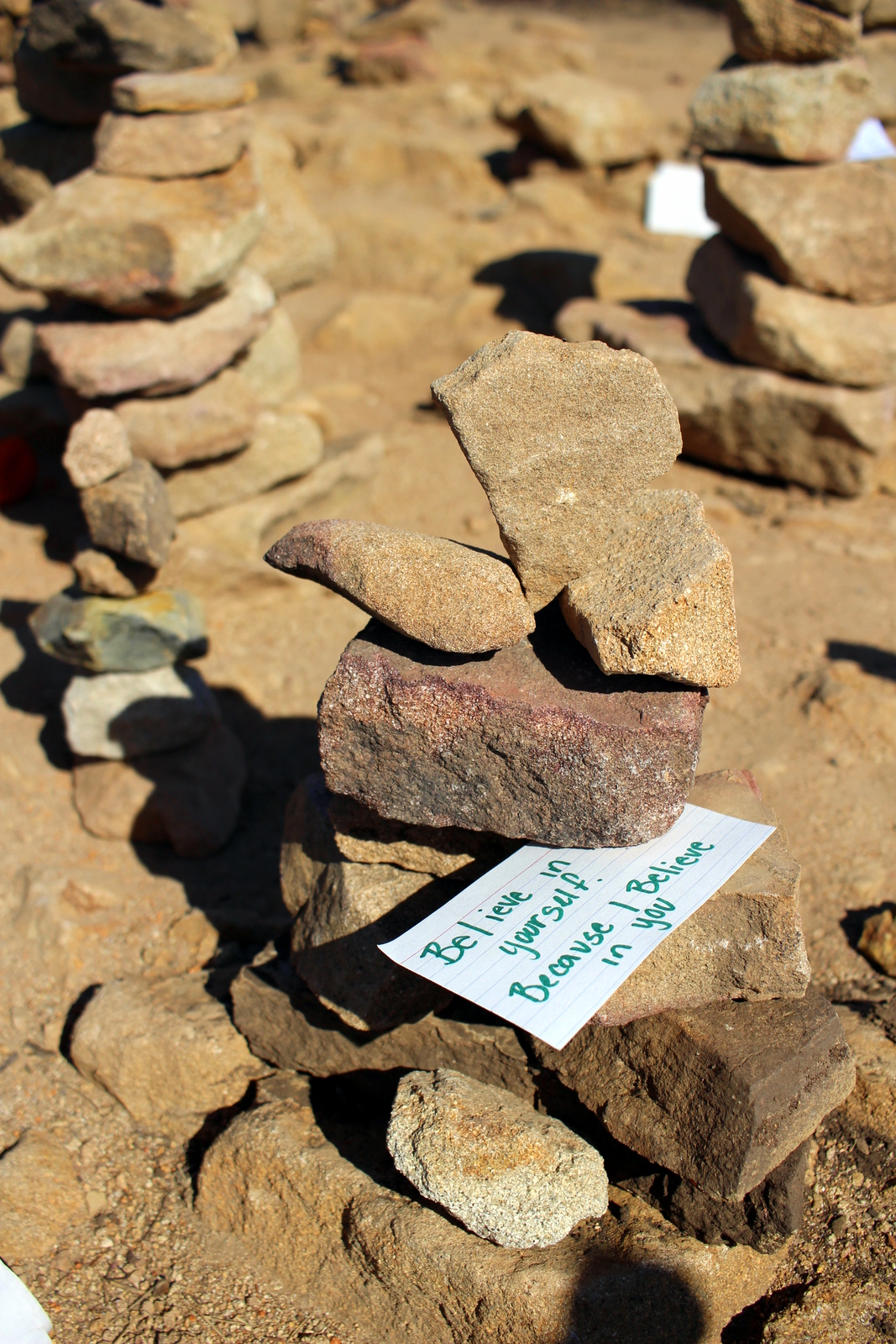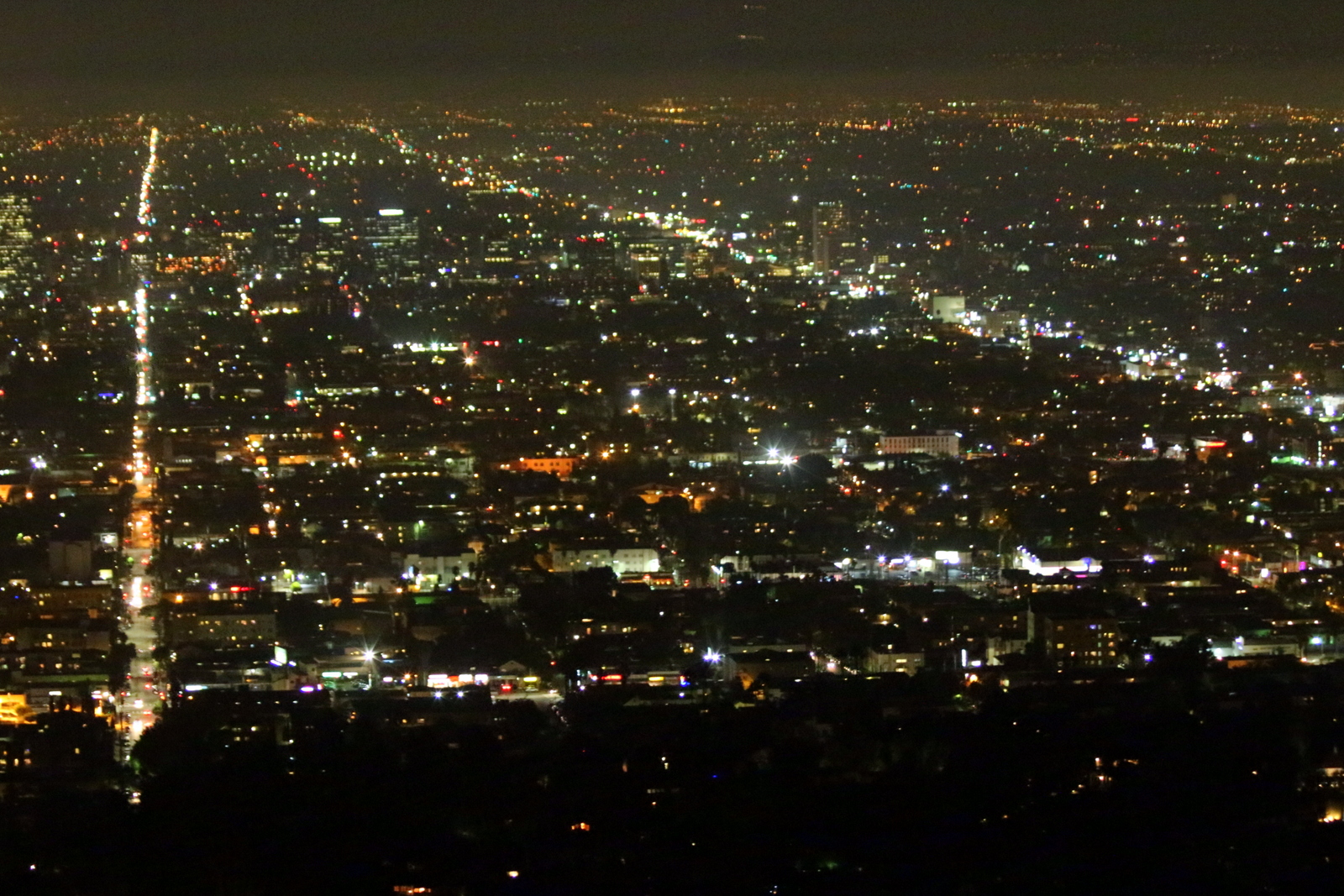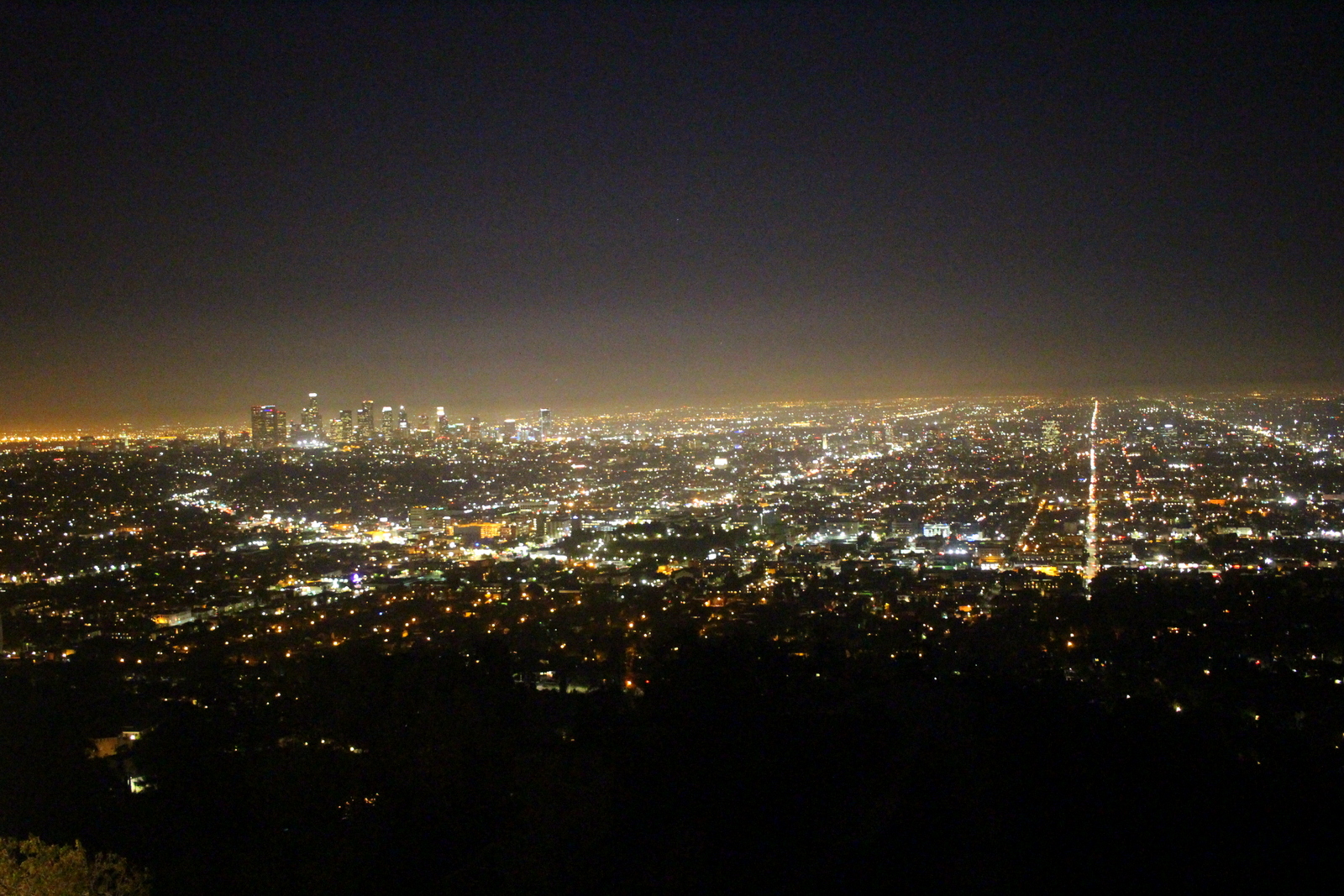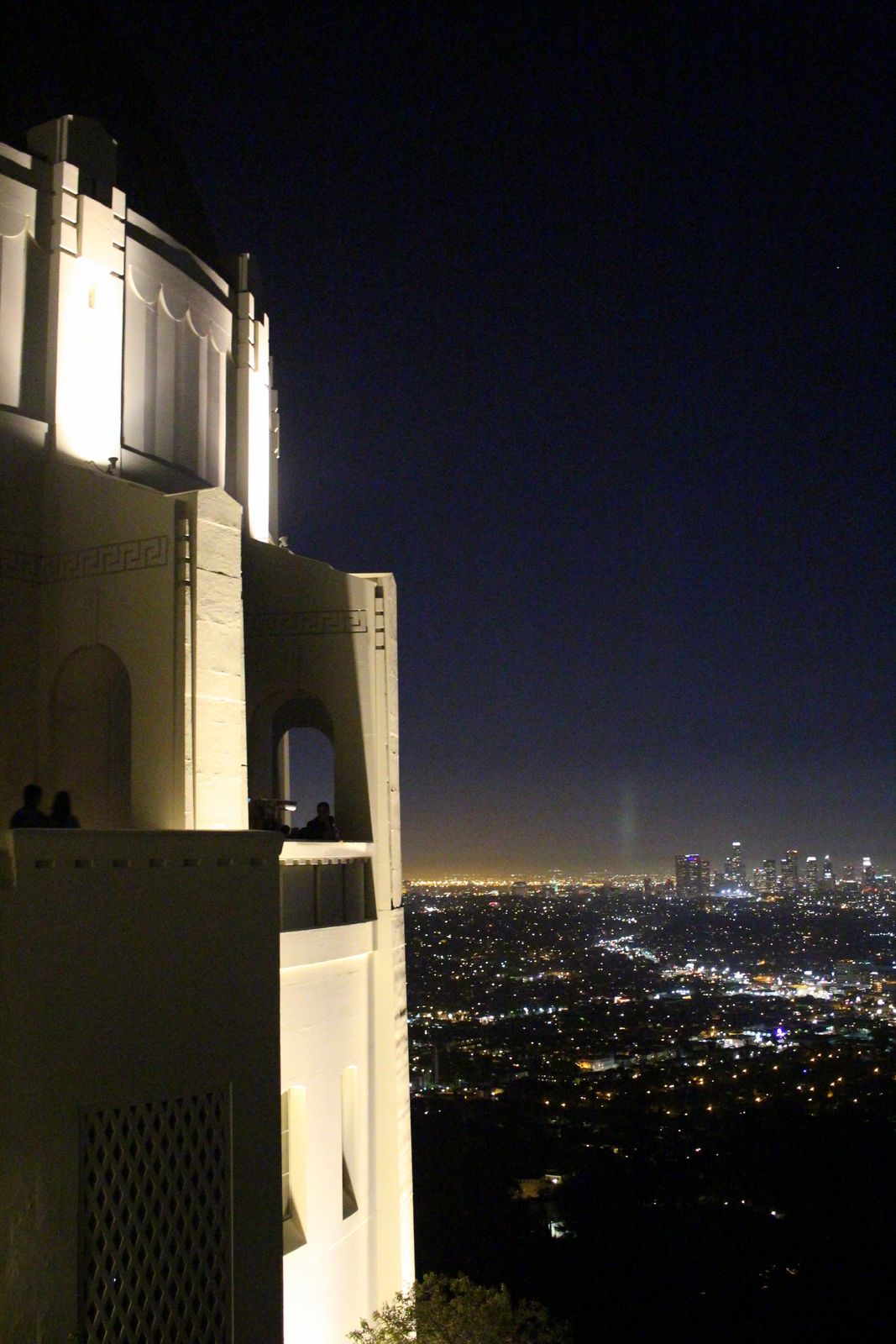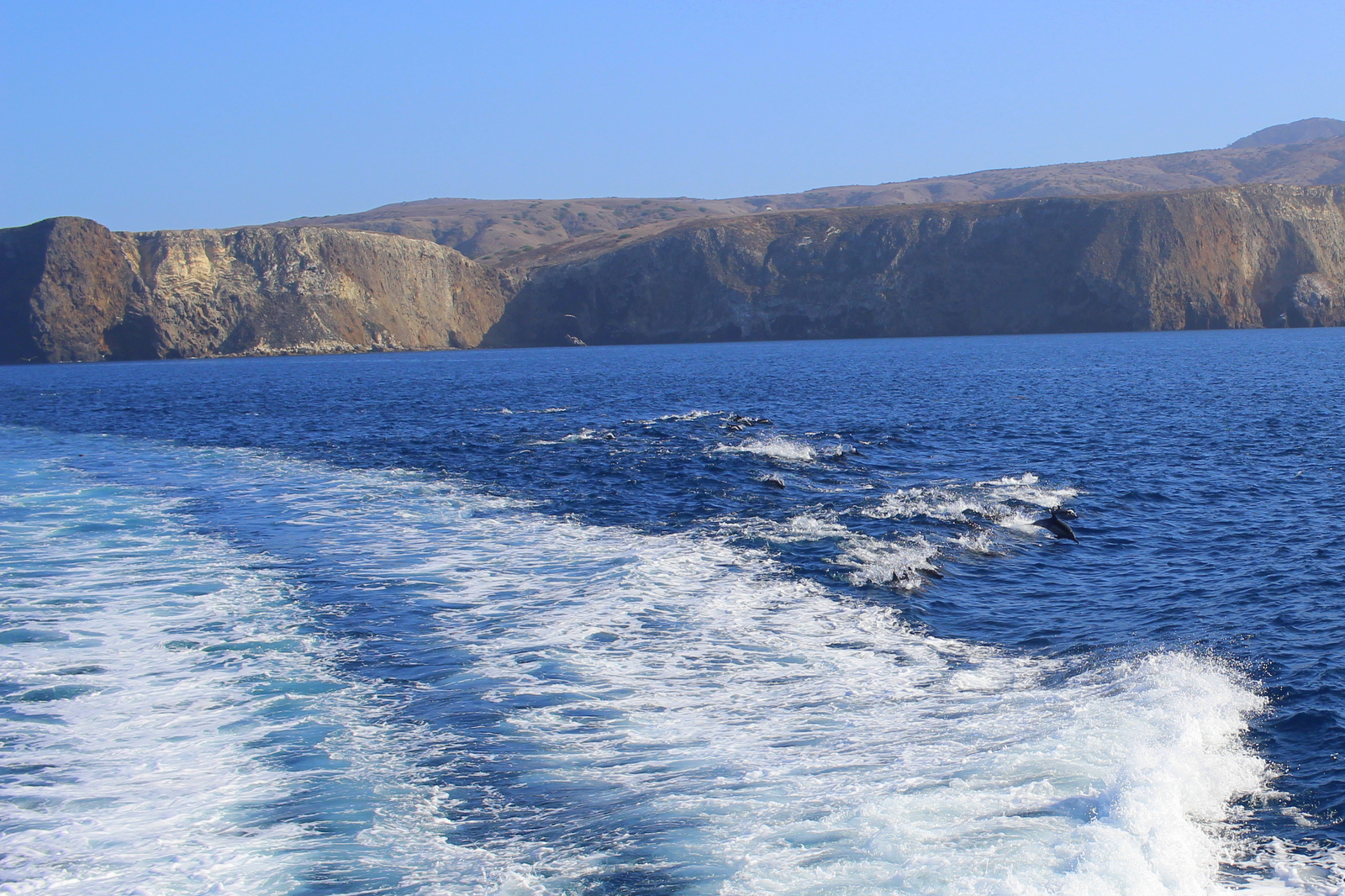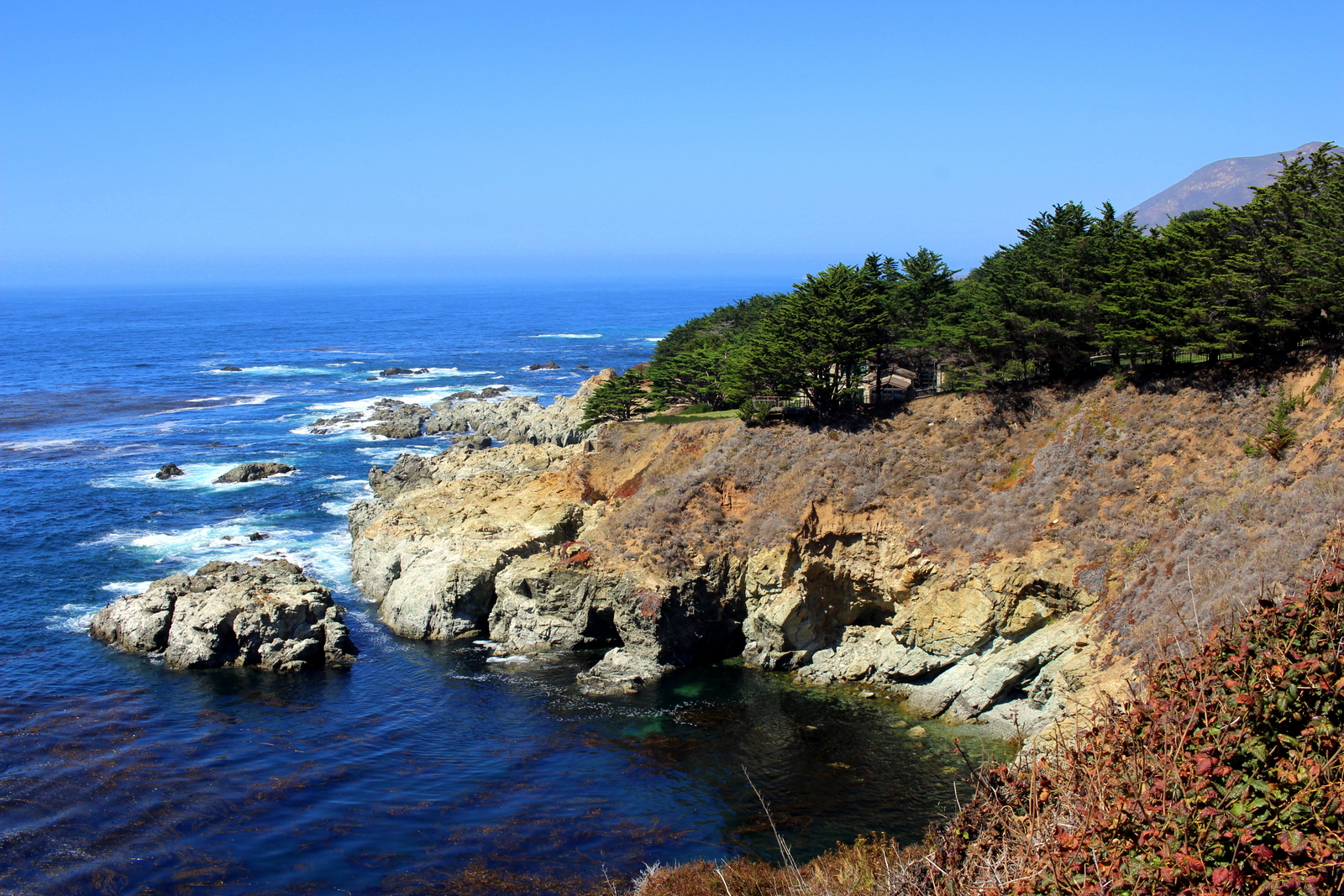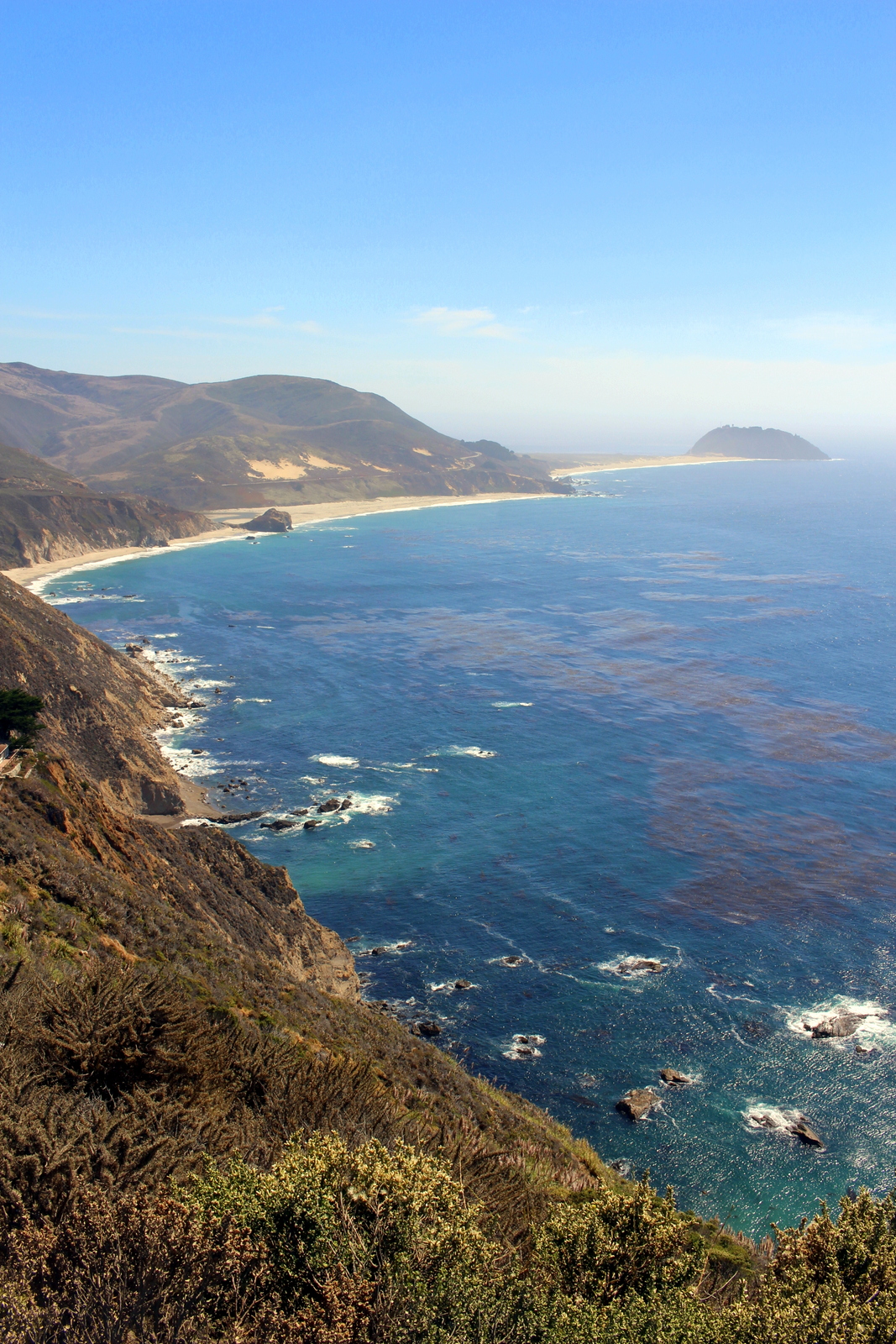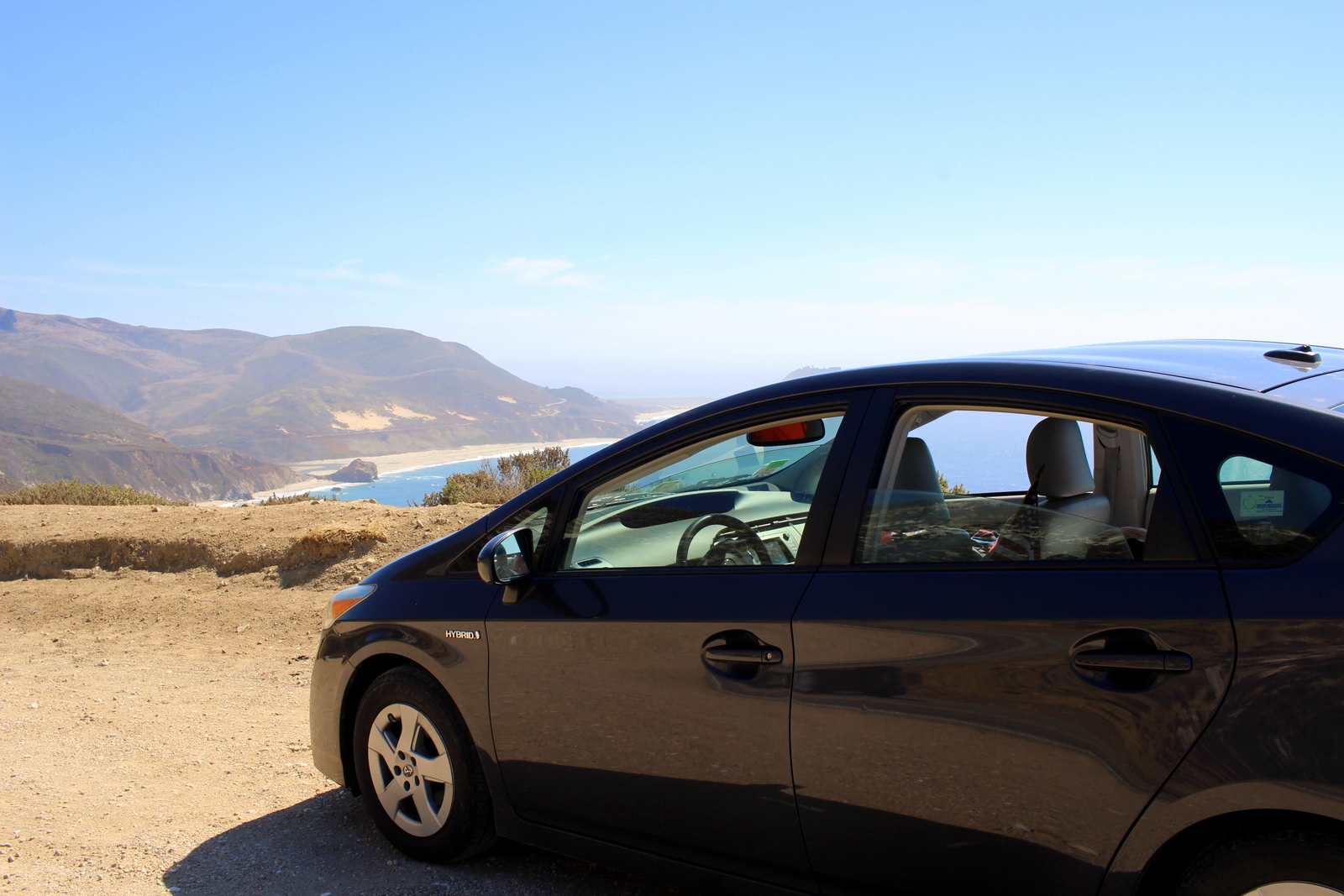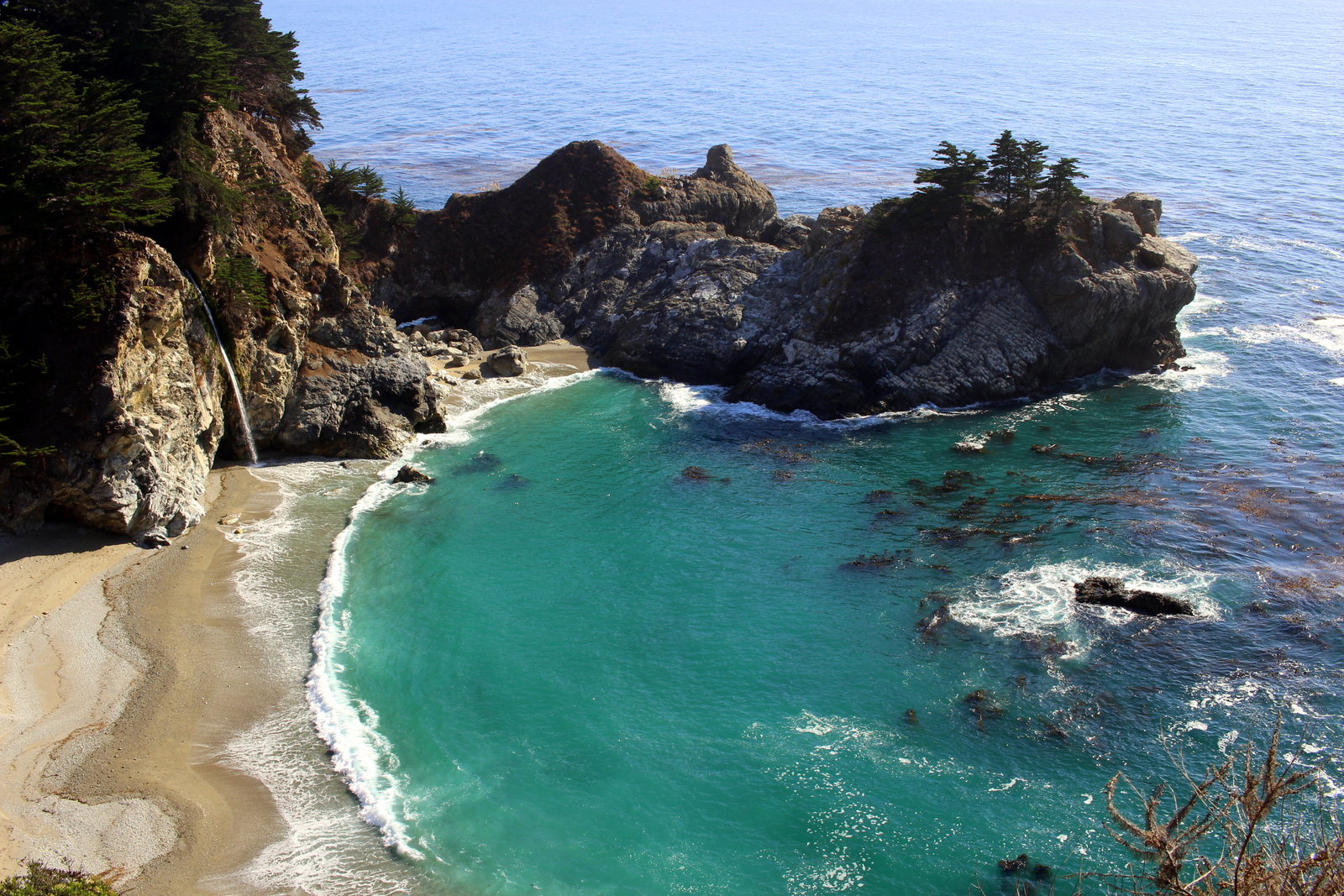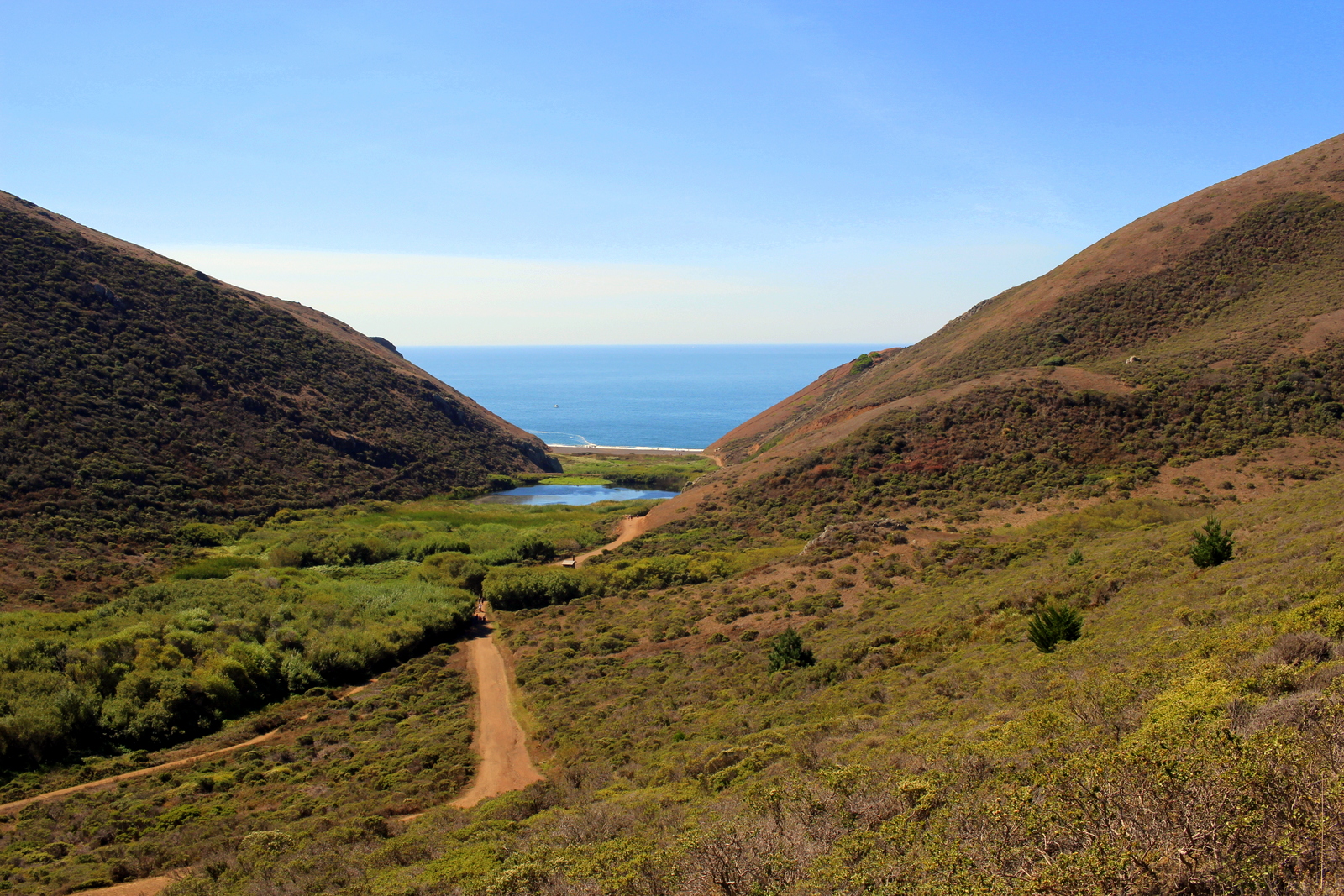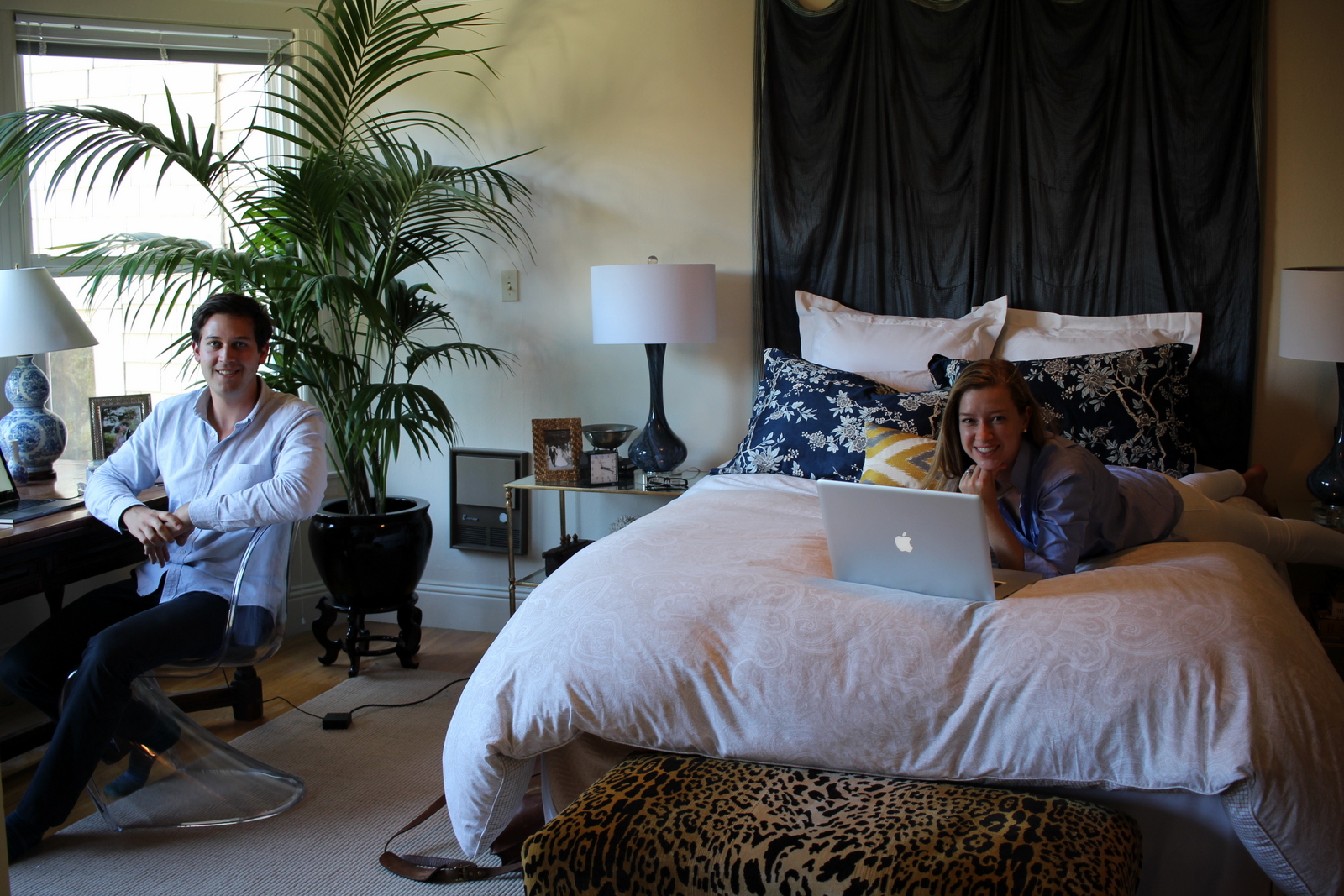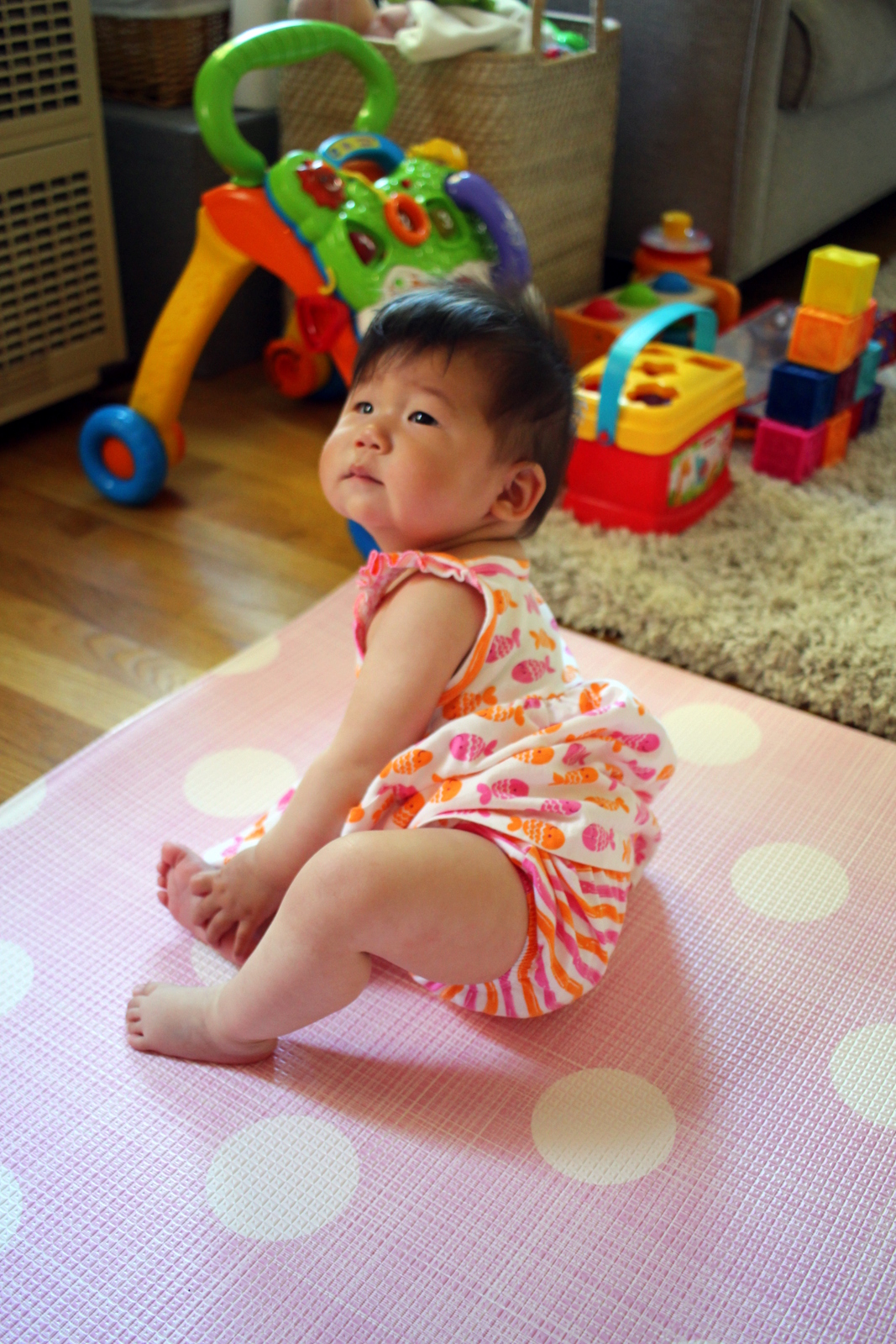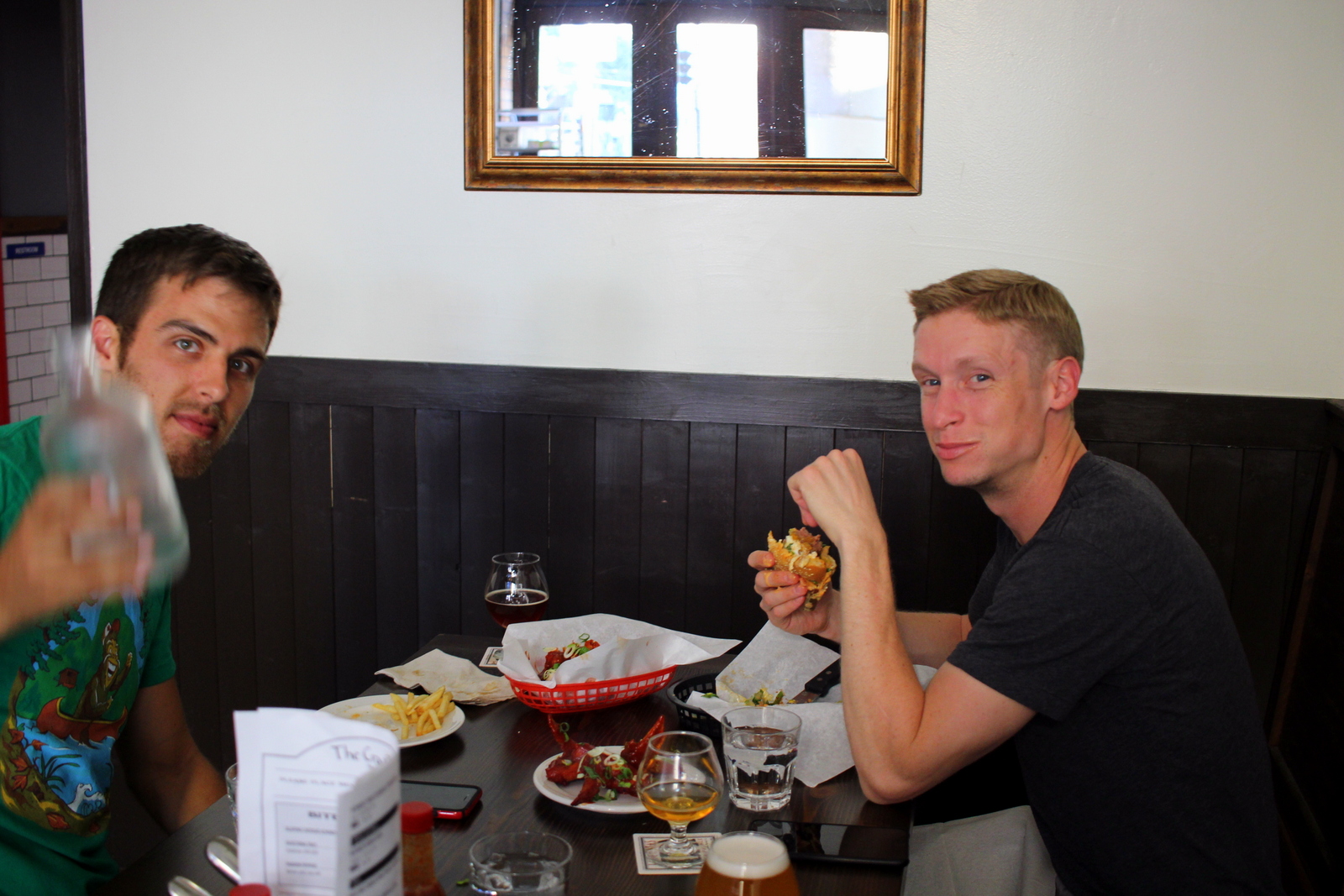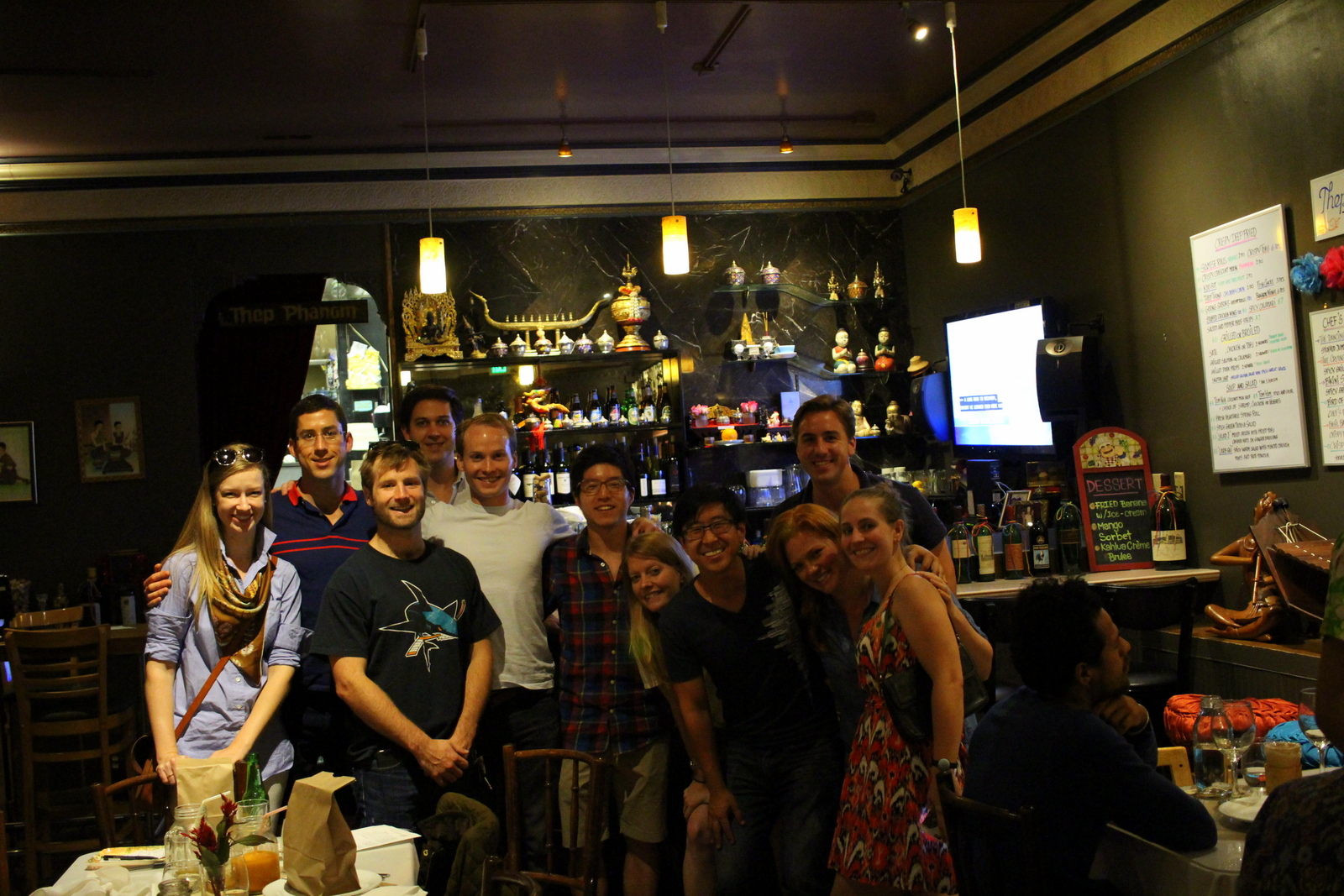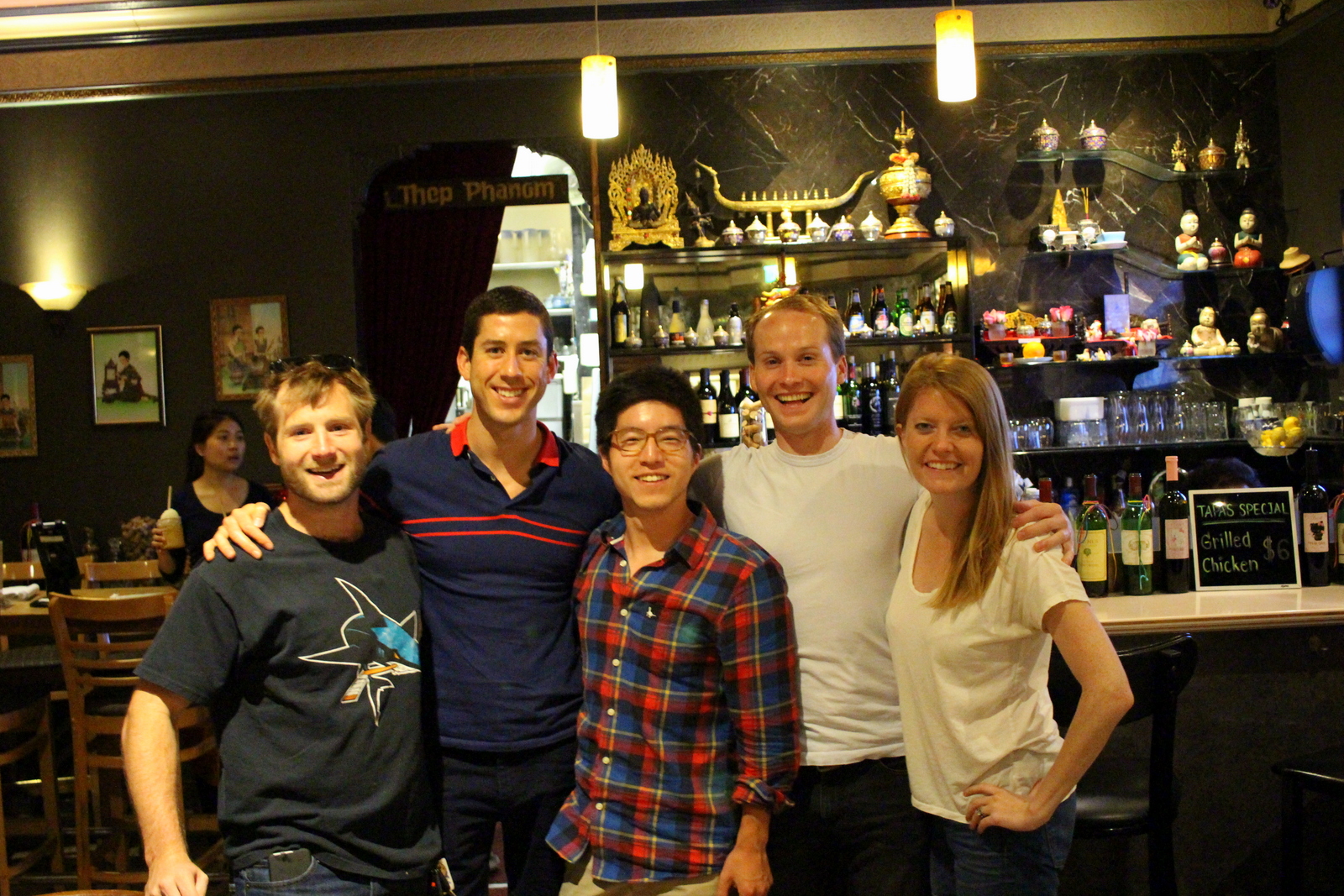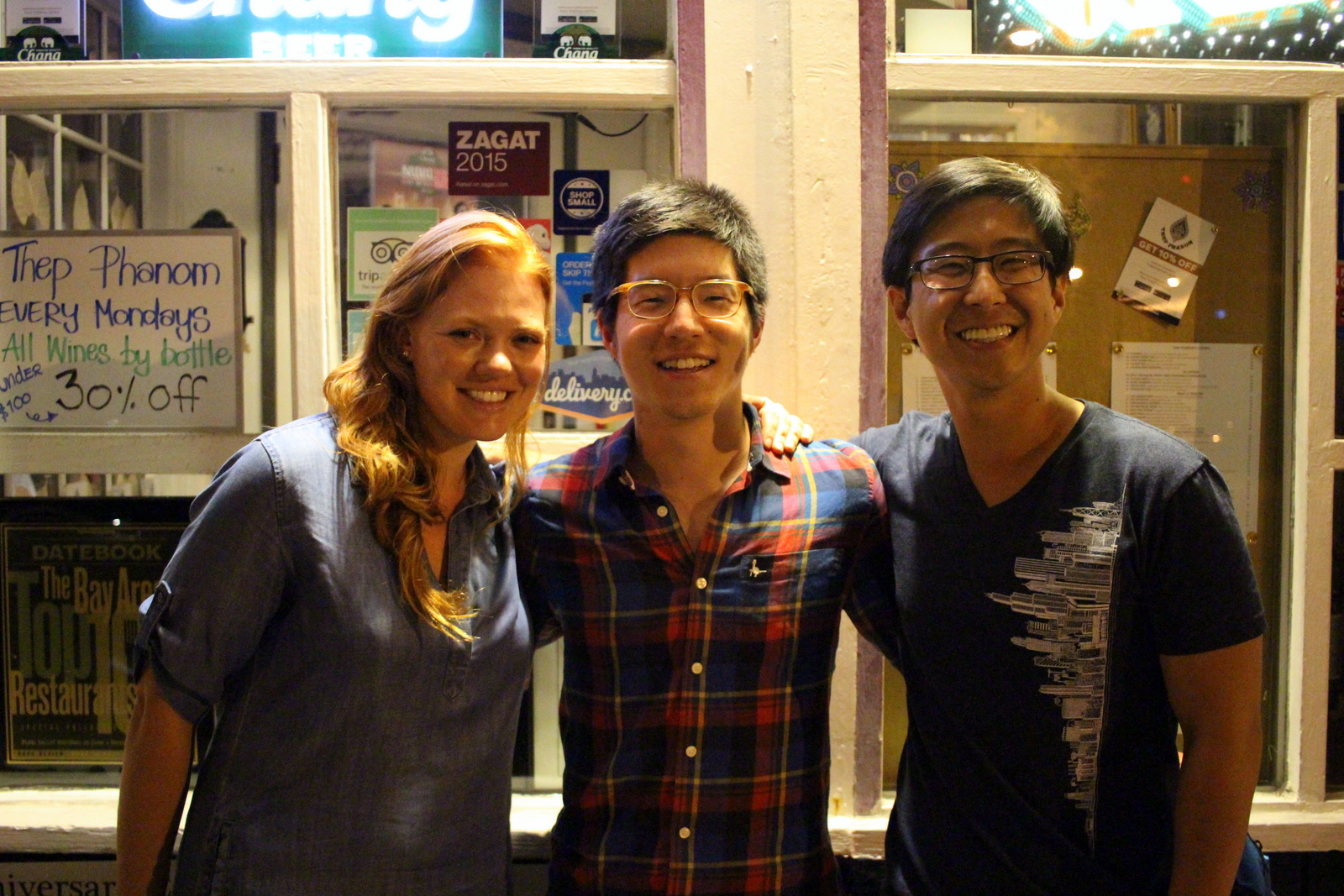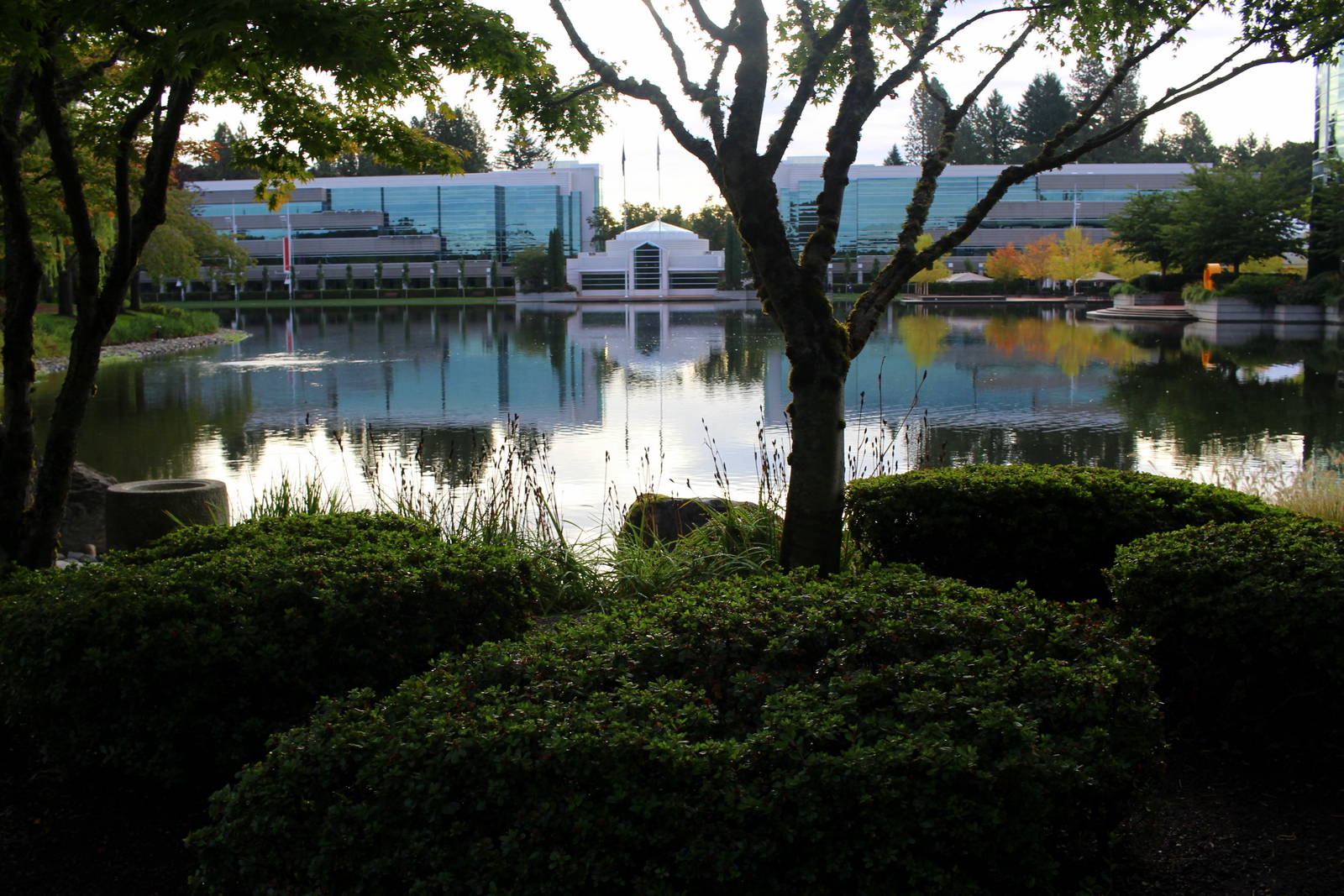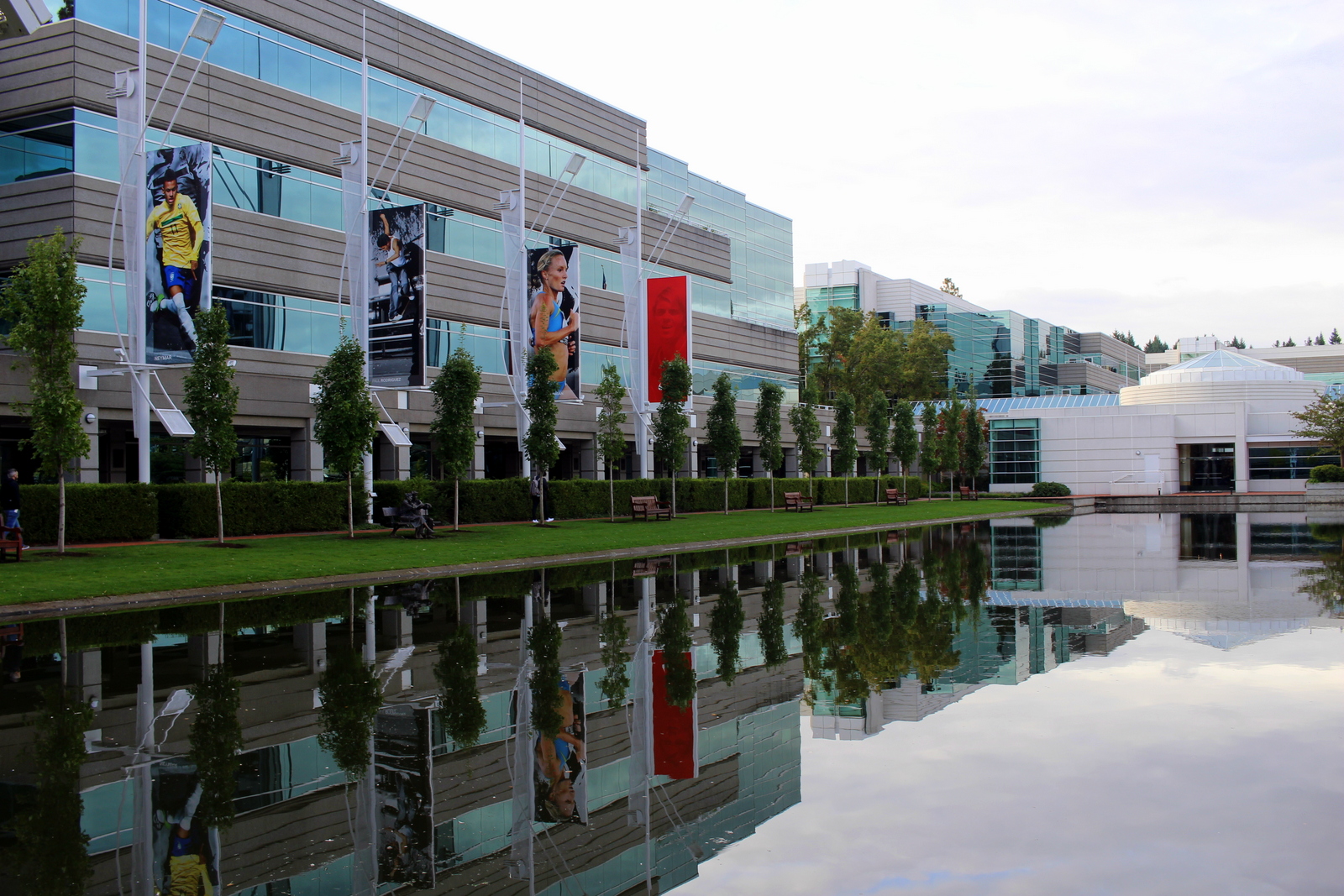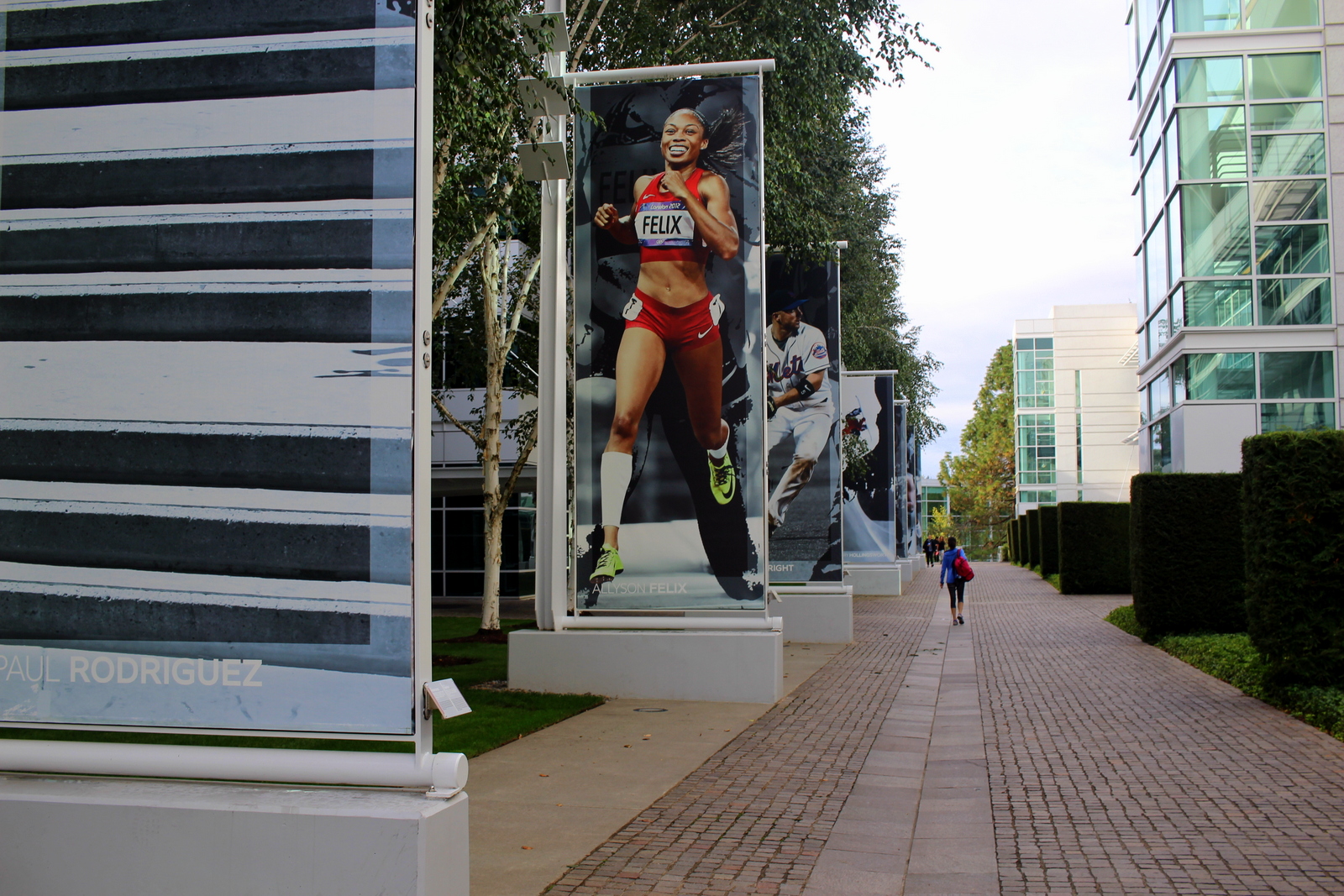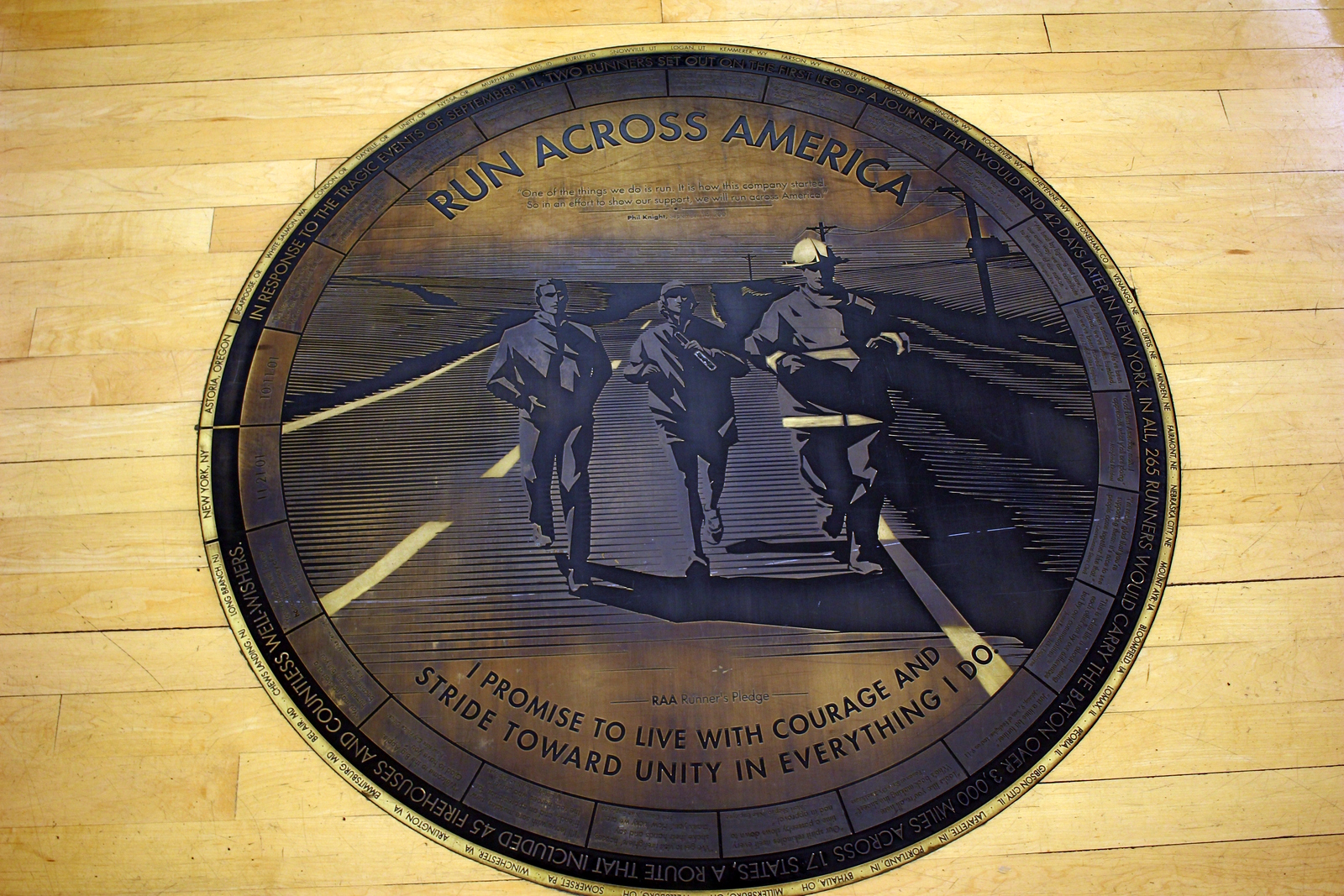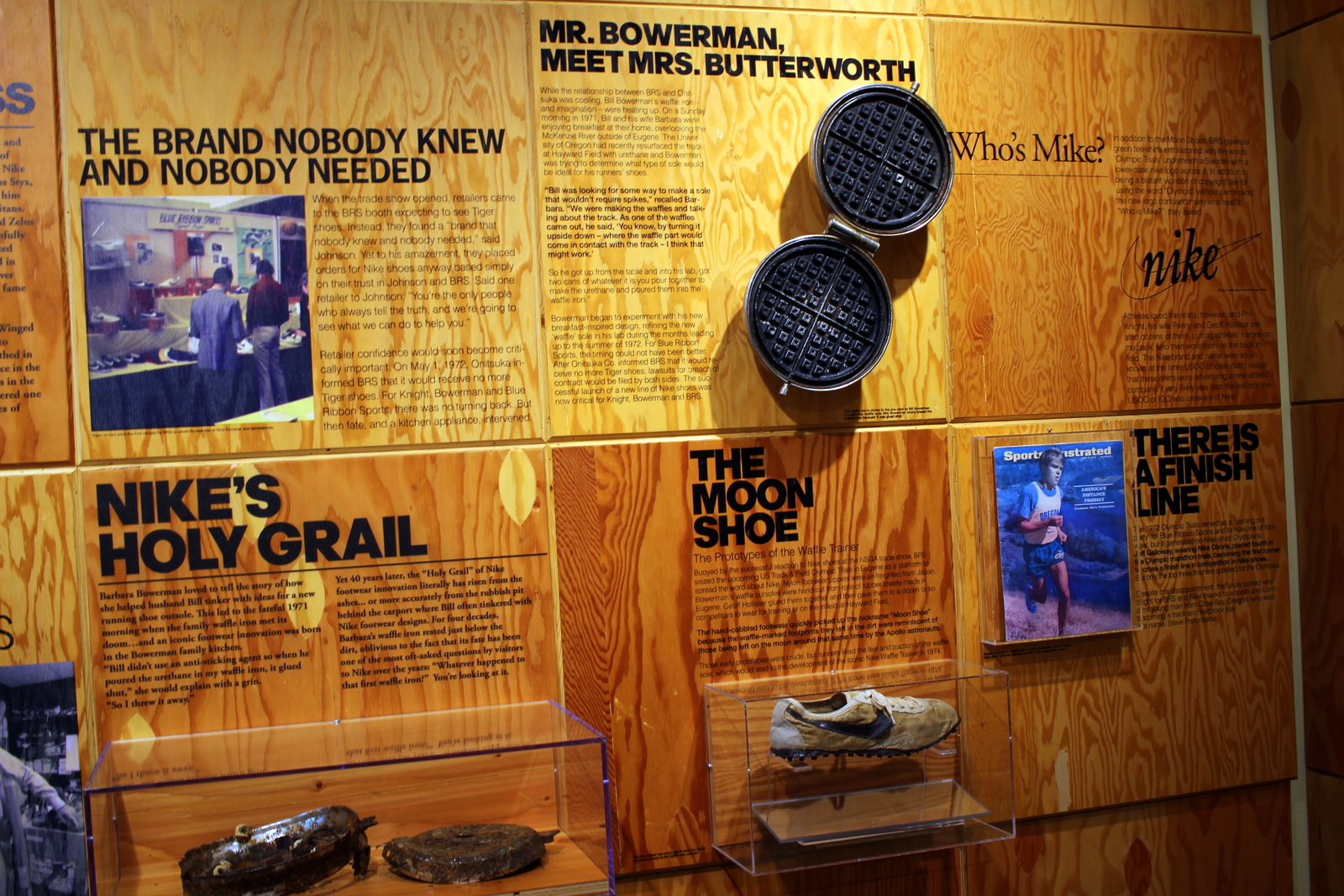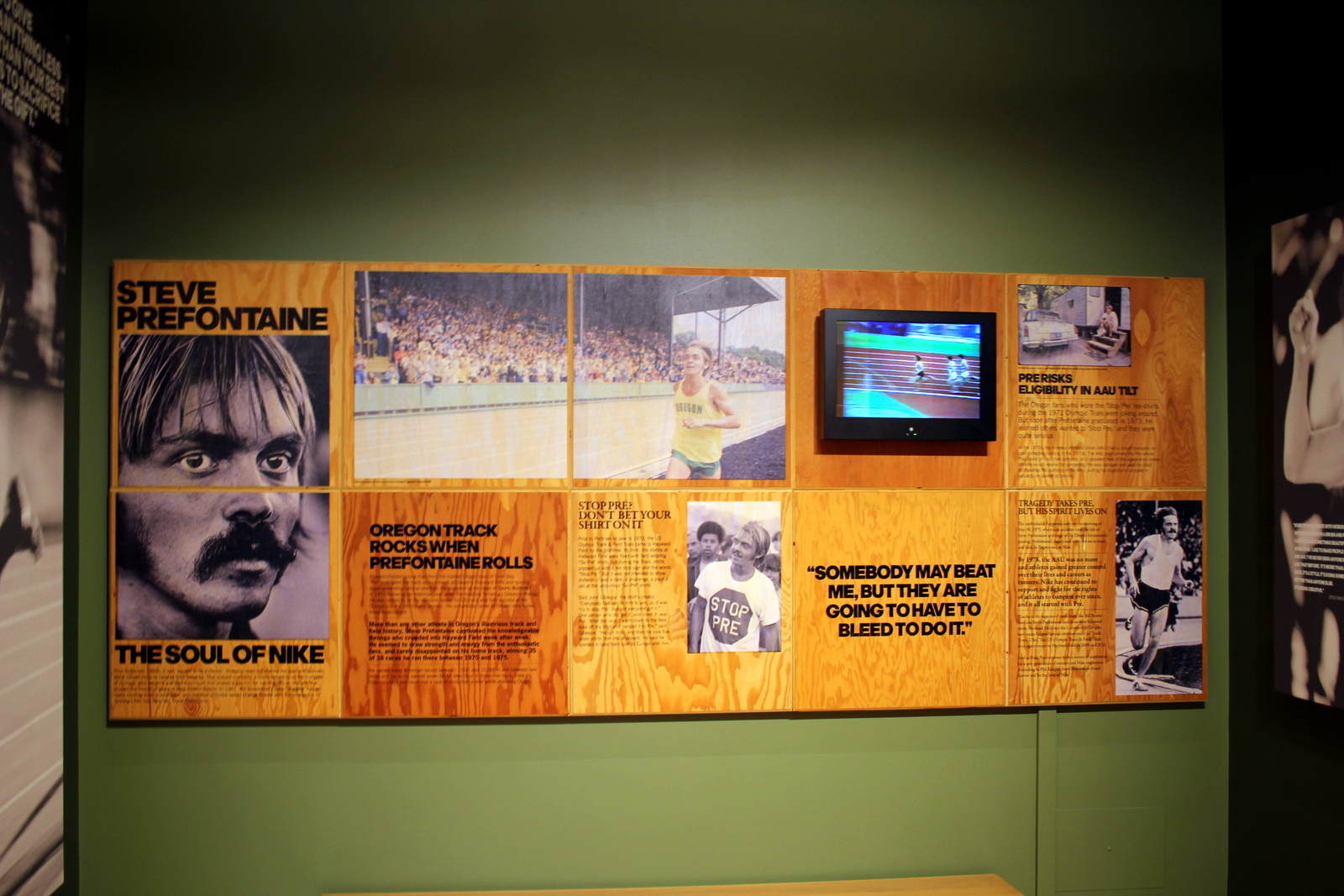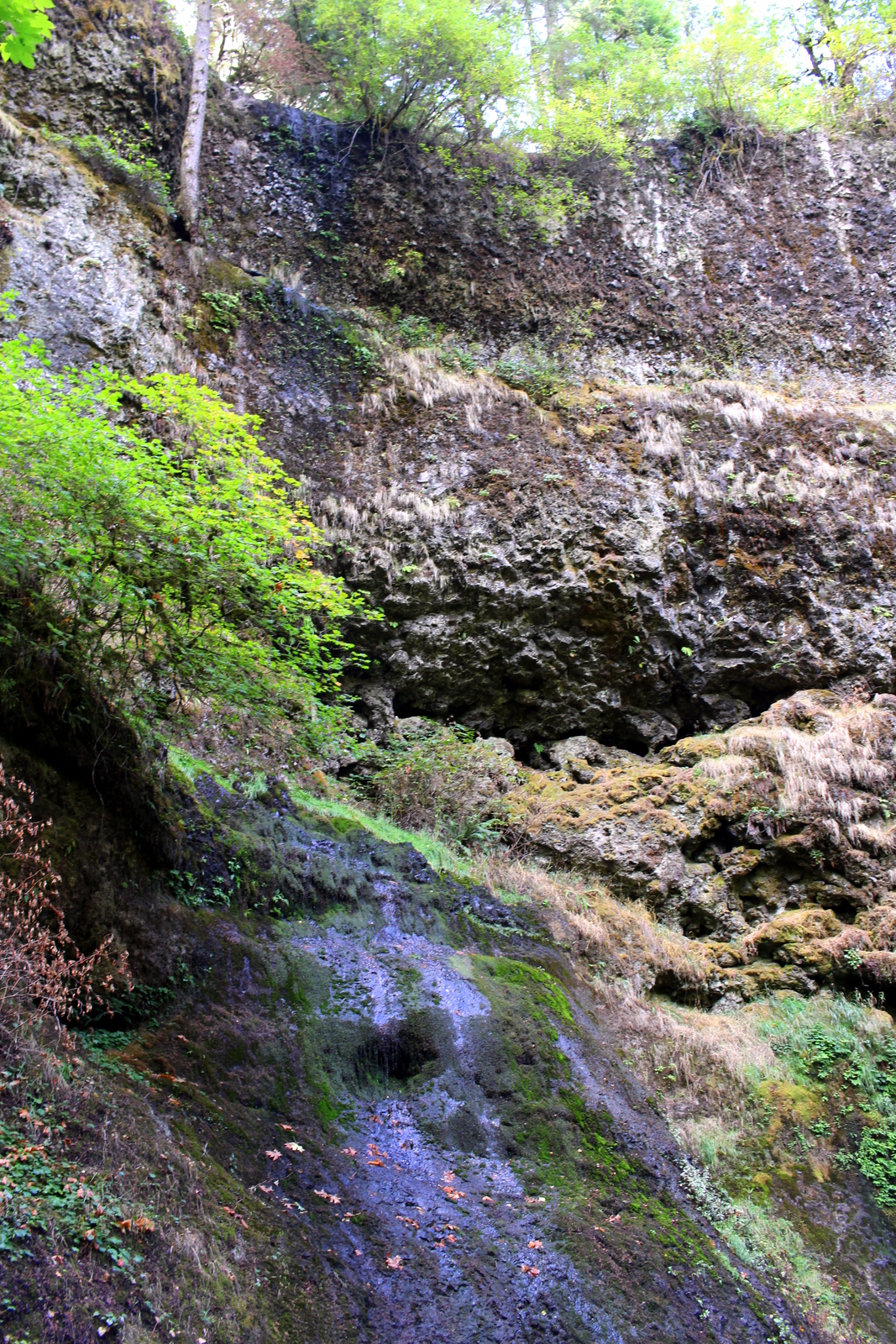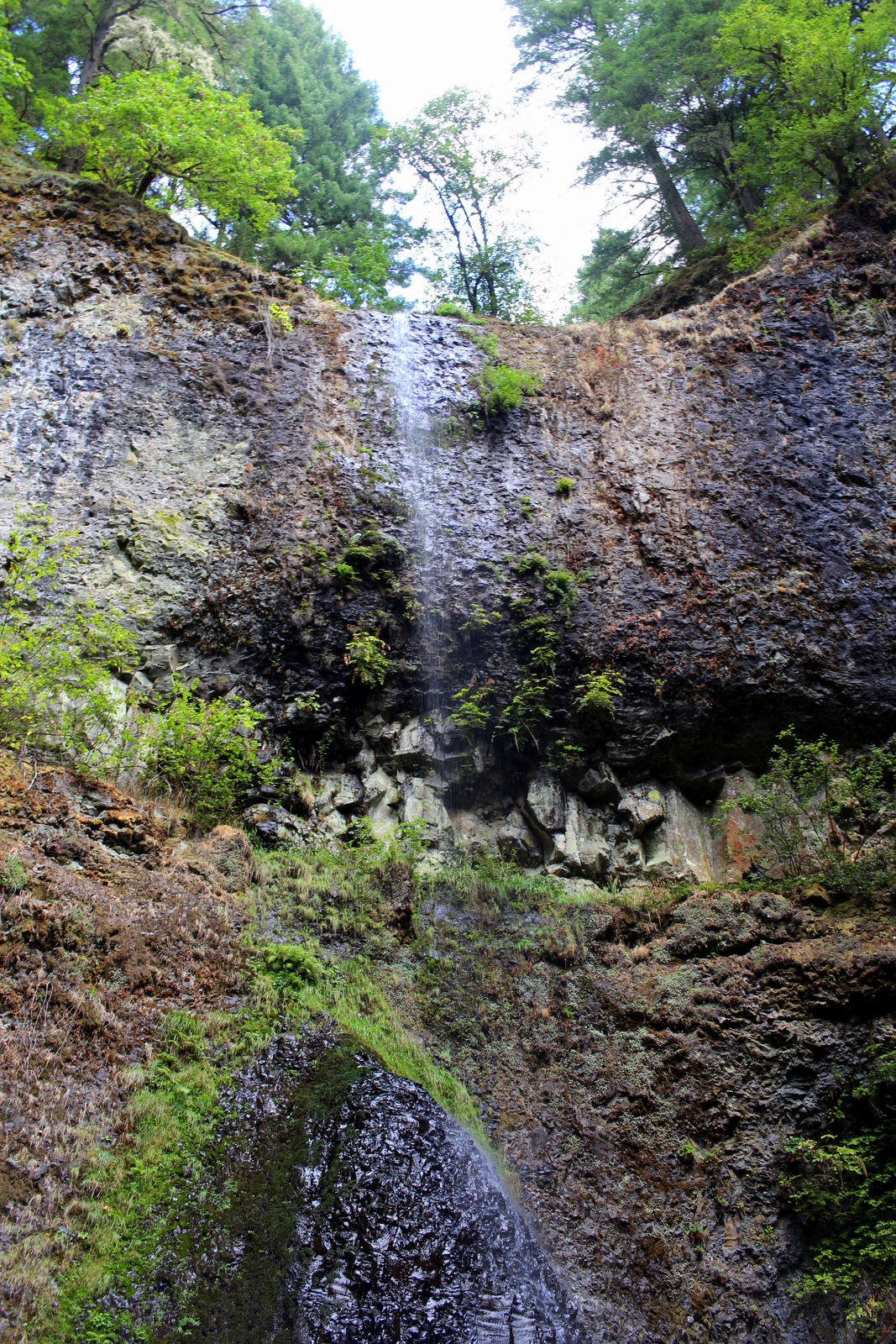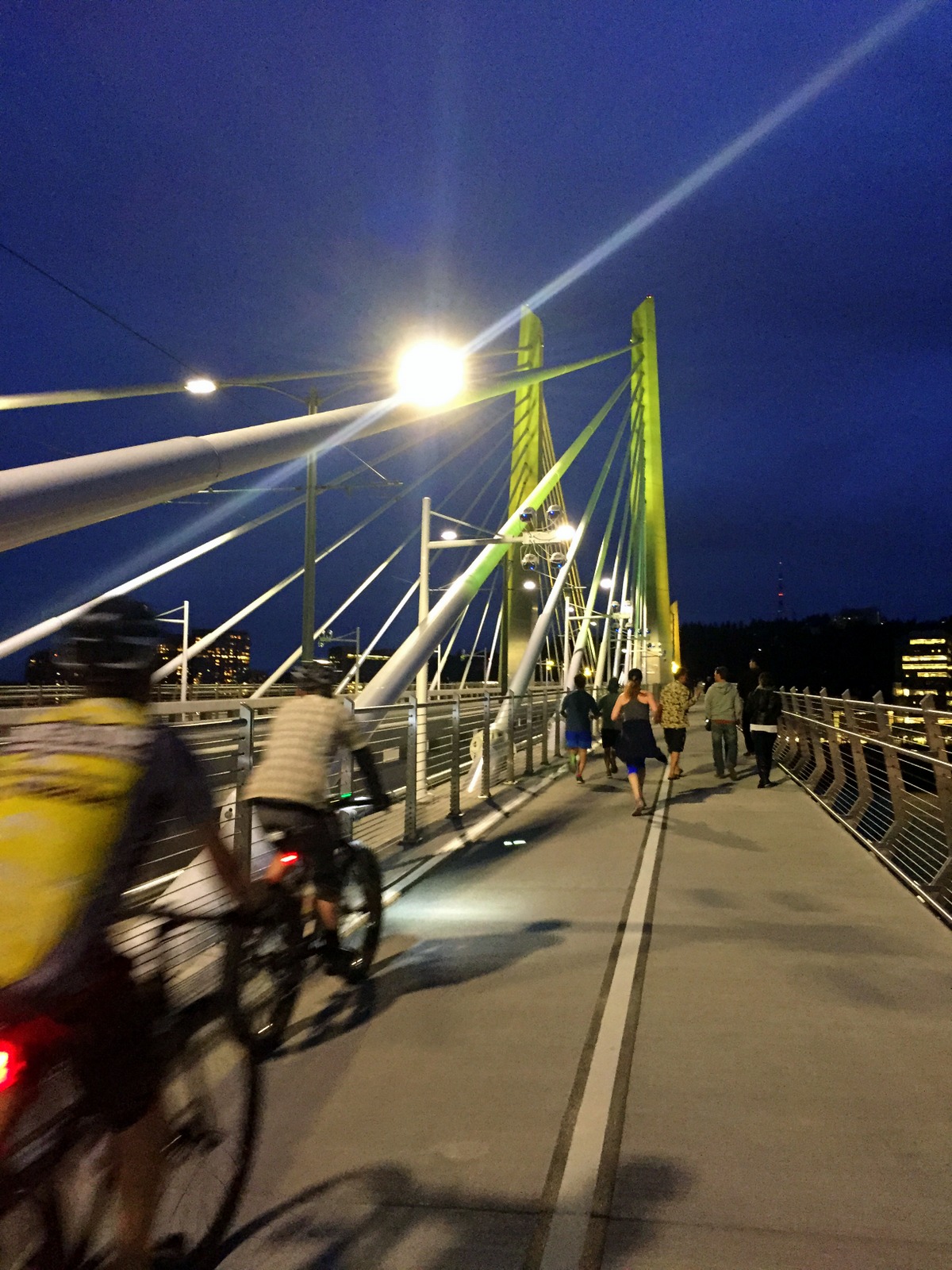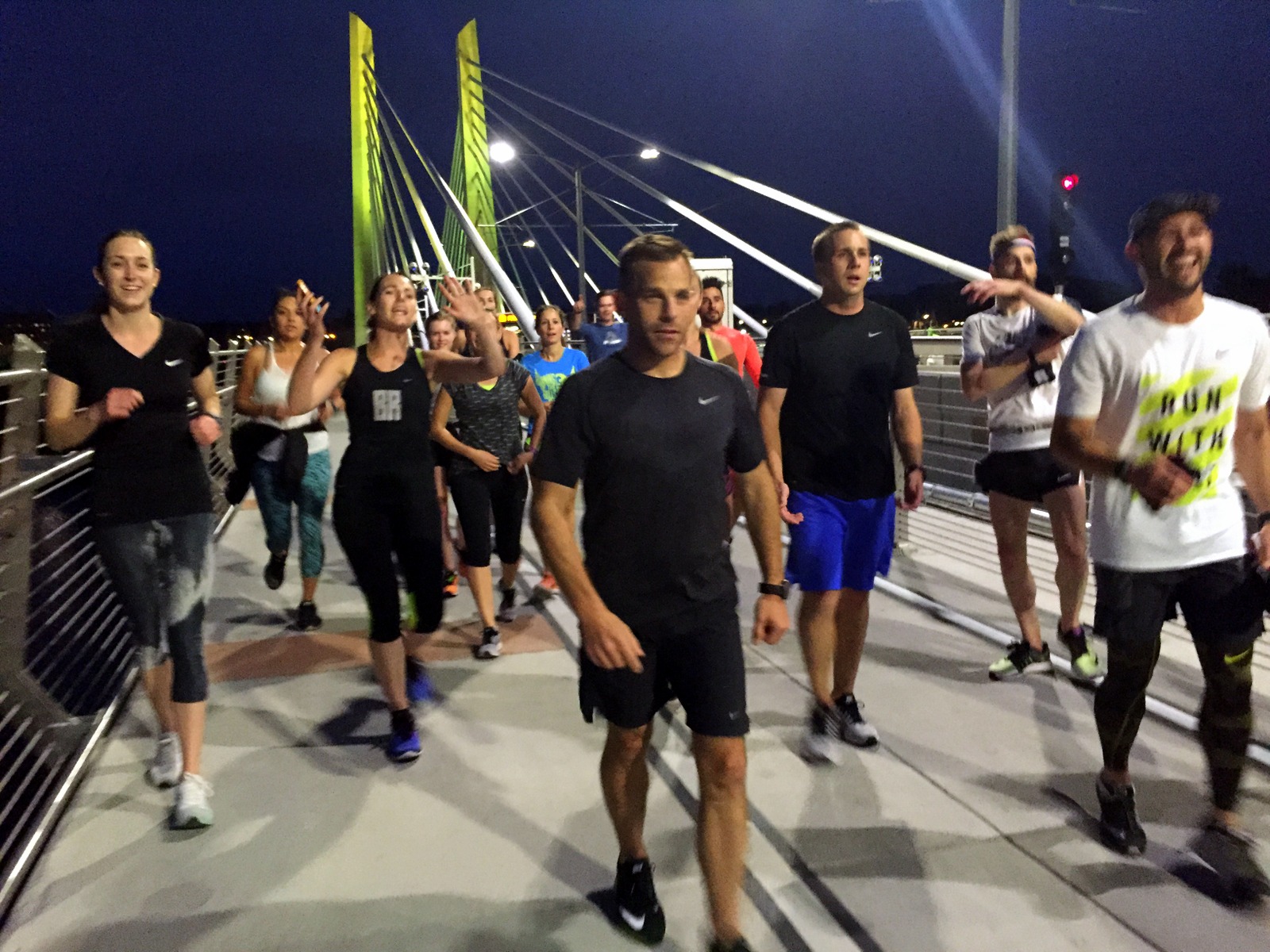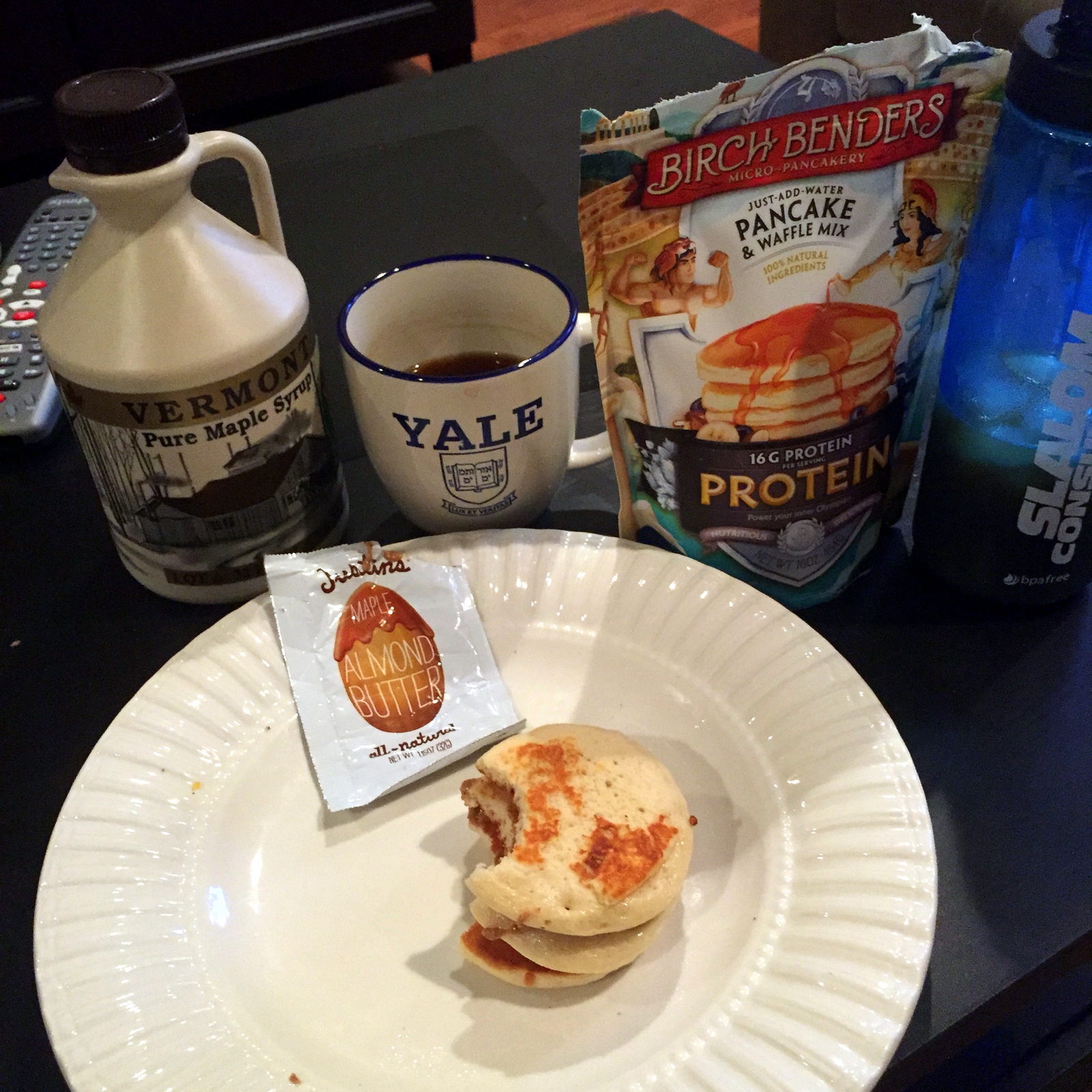Running the Rim-to-Rim in the Grand Canyon was not the longest, or the hardest, run I've ever done, but it was the most epic. (Remind me that I need to define what I mean by "epic", a word I've thrown around all summer but haven't fleshed out.) Maybe a narrative of my day will shed some light on why I say this.
I rose at 3:30 a.m. My goal was to be on the trailhead at some time between 4:30 and 5:00 a.m. I had to be on the South Rim by 1:30 p.m., because that was when the last Transcanyon Shuttle was departing back for the North Rim. If I missed that, I would be stuck in my running clothes 220 miles away from my car and campsite (and, yes, the North Rim and the South Rim are that far away by car!). I anticipated taking between 6 and 7 hours, but wanted to budget in even more time just to be safe. After all, strange things can happen in the canyon.
I expected to be the only person up at the ungodly hour of 3:30 a.m., but I was surprised to see several campsites with flashing headlamps. I guess it wasn't that surprising--there are day hikers who start the previous morning and finish after midnight, and there are other R2R runners like me. In fact, the ranger in the backcountry office had mentioned that on a pleasant weekend day, the NPS estimates that roughly 1,000 R2R runners hit the trails. Apparently, the number of R2R runners has grown rapidly--so rapidly that the NPS is tinkering with a permit system, something that has already been implemented for large-group runs.
I immediately set to making a hearty breakfast. I pulled out the big guns today--chocolate chip Birch Bender pancakes. These things are insanely delicious, and also pack a caloric punch. I also sipped a bottle of Tailwind, another crucial ingredient to my nutrition plan. I went to the bathroom, too. This, as before every big run I do, was a huge relief. At 4:15 a.m., just as I'd planned, I was ready to head to the trailhead.
I drove over about a mile to the North Kaibab trailhead. This was the sole route down into the canyon from the North Rim. On the other side, however, there were two routes up to the South Rim, the South Kaibab and the Bright Angel trails. I planned to take the Bright Angel trail, even though it was longer, because it, unlike the North Kaibab, had water spigots along the route. I wasn't going to risk climbing 7 miles out of a canyon, and after having already run 14 miles down to the river, without the opportunity to fill up water. All told, I'd be running 23.4 miles according to the map. Of course, one can never truly follow the trail at all times. Additional distance gets added here and there. I was anticipating a 24-mile day.
At the trailhead, I made last-minute clothing choices. At the campground, it was in the mid-50s. Here, however, it was even colder, probably the high 40s. In fact, I was already starting to shiver. I didn't want to carry too much, if any, cold weather gear, but I decided I'd begin wearing gloves and my rain shell. The water-resistant shell provided just enough protection from the whooshing wind to stop my shivers. I'd also packed a space blanket, just in case it got really really cold. I was now ready to set off!
But I immediately encountered a problem I hadn't expected: I couldn't find the trail. It was still dark, and I couldn't see any signs or posts indicating where the trail began. I followed what looked like railings and almost headed down what looked to be the trail until I realized that it was labeled something else. I turned around and followed the same railings to the other end. It ended and the trail descended, and I with it. I was now on the North Kaibab, dropping into the Grand Canyon.
The initial miles were surprisingly slow. I'd already been planning to take it very easy going down to the bottom of the canyon. I didn't want to blow out my quads on the steep descent. I also didn't want to risk falling off the edge in the dark. Even with these two factors in mind, I moved at a snail's pace. I didn't realize just how difficult it was to navigate a bumpy, rocky, sandy trail in very low light. I wasn't able to use my peripheral vision to discern the obstacles ahead of me. I also had trouble perceiving the variations in depth due to the undulating trail. As a result, I stumbled frequently. Thankfully, I'd brought my trusty trekking poles. Any time I stumbled, I put my pole down to regain balance.
At 5:05 a.m., I realized I'd descended a good bit already. I could see the faint outline of the opposite wall of the side canyon I was descending. With the moonlight, and a 10-second exposure, I captured it.
Of course, everything around me was still dark. But seeing a glimpse of the canyon wall confirmed that what I was doing was very real. It was an odd feeling, not being able to tell where I was, but knowing that I was descending very rapidly into one of the grandest geological features in the world.
Eventually, I made it to the Supai Tunnel. I couldn't really even look at it, because it was so dark. But I felt good that 2 miles had gone by and I hadn't even noticed. At 5:45 a.m., I crossed my first bridge.
Just before 6:00 a.m., I'd finally made it past the forested switchbacks and into the canyon proper. It was still dark, but long exposures revealed the immensity of the canyon. The trail snaked along the canyon wall. It was impressive engineering, for sure.
As official sunrise (6:15 a.m.) approached, my visibility grew. I looked over my shoulder towards the North Rim. It finally hit me that this whole R2R thing was really happening. There would be no turning back now.
At 6:15 a.m., I was at Roaring Springs, 4.7 miles into my day. Roaring Springs roared exactly like its name. This was the source of all water to both rims. It was impressive to see it pouring out of the side of the canyon wall.
Even though it was now past official sunrise, the inner canyon was still very dark. Looking up, however, I could see the brightening sky. This contrast made this endeavor feel even more epic; while all the world was lighting up, I was deep in the bottom of a canyon, still wrapped in darkness.
By 6:30 a.m., it was getting ever-so-slightly brighter. I could finally see the inner canyon in all its glory. And it was truly glorious. I'd seen countless photos of the Grand Canyon from the sky or from the rim, but this was really my first view of the canyon from deep within--3,000 feet below the North Rim. It was an awesome feeling to be running the entire length of this side canyon down to the Colorado River, and then back up to the other side!
Being deep inside the canyon also meant that I could pick up on the plant life. The stream (was this the Little Colorado River?) that the trail followed provided ample water for lush vegetation.
By 6:30 a.m., I was snaking along the tall canyon walls. Each bend showed something new.
When I turned a bend at 6:36 a.m., I caught my first glimpse of the bottom of the South Rim. What made this moment so special was that the walls of the box canyon that I was descending still had not been lit by the sun. It looked as though someone were telling me exactly where I needed to go. Like a fly, I motioned for the lighted canyon wall.
Eventually, I passed Cottonwood Campground, where I refilled water for the first time all morning (the pump house water spigot was off--the pipe burst had, in fact, affected the water supply!), and took a short break. I was now just under 7 miles into my day. I still felt comfortable and completely in control. I now set to my next segment--the 7.2-mile stretch to Phantom Ranch at the bottom of the Colorado River. I'd been told that this stretch was flat and easy--a good place to pick up some speed. I began cruising, following the trail as it continued to snake along the canyon wall.
At 7:10 a.m., the inner canyon was still quite dark. But when I looked up, I could see the sun was creeping down the canyon walls.
I was determined to minimize my time in the scorching sun. It would already be scorching hot the deeper into the canyon I got. Yesterday, it had reached 104 at Phantom Ranch. Today, the high was 99, so it was slightly cooler. But that was still hot.
The final stretch to Phantom Ranch was a thrill. I felt like I was on a rollercoaster trail ride. The trail snaked in and out between the canyon wall and the stream below.
At some point, I noticed what seemed like a water fountain. Then, I saw the pipe. Clearly, this water was not natural. It was probably water that was leaking from the burst pipe. I was glad I'd brought filtration, and that I'd started with--and maintained--a massive Camelbak reservoir.
As I ran, I also saw evidence of the canyon-forming process. Of course, the main force creating the Grand Canyon is water. The Colorado River (and other water sources) has been carving this canyon over many years. But water alone hasn't created this entire canyon. The walls have had to crumble in order for the canyon to widen. Here, I could see a rockslide of sorts. I was watching the Grand Canyon become even grander.
Really, there was just so much to see as I ran. As I said, every bend led me to something new to marvel at. By 8 a.m., I had a sense that I was almost to the very bottom of the Canyon. I could smell Phantom Ranch around the bend...
By 8:10 a.m., I'd made it to Phantom Ranch! I was now 14 miles in--well past the halfway mark, at least in terms of distance. Effort-wise, I was probably right at the halfway mark; the ascent would take far more effort than the descent I'd just completed.
Phantom Ranch is an oasis at the bottom of the canyon. There's a canteen, and several bunkhouses. It's an incredibly popular stopping point for R2R hikers--so popular that it sells out the first day of the season.
I had an important task to complete here at Phantom Ranch: drop off the stack of postcards I'd written the day before. As I've mentioned, the post office at Phantom Ranch still packs out mail by mule. Apparently, it is the only post office that still uses mules. Mail that gets sent from here is stamped to indicate this unique carrying method. I'd written several dozen postcards, and I'd carried them down to the bottom of the canyon. I wasn't about to forget to send them! After buying a few extra stamps (I'd written so many that I'd ran out!), and a few postcards, I finally dropped all of them into the satchel. Hopefully, the mules are reliable and the postcards get to where they need to go.
I also drank my secret weapon beverage--a can of Coke. Even though it is heavy for what it provides nutritionally, I always carry a can on long days. There's just something about Coke that is incredibly refreshing right in the middle of a hard day of running. The caffeine boost also doesn't hurt.
Just after 8:30 a.m., I was back on the trail, heading the last half-mile or so to the Colorado River itself. I could immediately tell why people loved Phantom Ranch. It was incredibly lush and peaceful.
Right before reaching the Colorado, I saw a board with a missing person posting. This was a reminder that the Grand Canyon isn't to be underestimated. I knew that, even though I had roughly 10 miles left, I still needed to run conservatively and practice safe running.
Right by the post, I saw a unique sight. There was a cactus with what looked like red peppers growing right out of it. Was this some kind of symbiotic relationship? It was weird.
Finally, at 8:40 a.m.,I reached the true bottom of the canyon--the mighty Colorado River! The Silver Bridge was my route across and to the Bright Angel Trail. I crossed the bridge, fearful that it might collapse and the roaring river would sweep me away. Truly, looking down, you could see just how powerful this river was. I guess it now made at least some sense that this river could carve the Grand Canyon.
As I was dilly-dallying by the bridge, a father-son duo approached. I learned that the son was only 10 years old--and they had just come down the South Kaibab Trail and were planning to ascent back up the Bright Angel Trail. I couldn't believe that a 10-year-old was doing this hike (probably around 16 miles plus the canyon wall)! It turned out that the dad was a pretty serious ultrarunner. Go figure.
It was now 9 a.m., and I could sense that the sun was finally going to hit me dead on. I'd been incredibly lucky to have avoided the sun for most, if not all, of the morning so far. I knew that the sun would change the game. I put my camera away and decided it was time to ascend the Bright Angel Trail and get to the South Rim.
My next real target was the Indian Garden Campground. This, like Phantom Ranch, was an oasis in the canyon. But I had 4 miles of switchbacks to ascend before I got there. I set to work, power-hiking the steeps, and shuffling up the flatter inclines.
Climbs are always the most epic part of any run. The symbolism of the ascent is powerful. But the climb is also where the effort comes in. Not 15 minutes after I'd begun climbing, I looked back and could see that I was already beginning to rise up out of the bottom and up the canyon wall. I could see parts of the North Rim off in the distance. I'd conquered so much of the canyon already.
Every now and then, I'd look down to see what I'd climbed. The switchbacks, as always, are the most fun to look at. They make everything seem that much more badass.
At each turn, I couldn't resist stopping to marvel at the distance I'd covered. The canyon walls drifted in and out all the way to the horizon. I simply couldn't get enough of these views.
Just before 10 a.m., I noticed a shift in the landscape. Everything seemed very, very green. I sensed that Indian Garden was very near, and that's because it was. There were a ton of hikers resting here. Some had been camping here, and others were simply stopping by. I filled up my water again. I was now 18.2 miles in, and it was time for the serious ascent to begin.
I had roughly 4.7 miles to go. In that distance, I'd climb over 3,000 feet back up to the South Rim. Believe it or not, this incline isn't insanely difficult. I'd done climbs on this trip that were far steeper. But the climb would be unrelenting. Moreover, much of it would be exposed to the sun. I could get hot, and my body could reach overexertion, very quickly. I prepared myself for a hell of a climb.
At 10:15 a.m., I was in the belly of the beast. I looked up and gazed at the layers of sedimentary rock that constituted the South Rim. I was climbing up to the top.
Now it was all about finding a good climbing rhythm. I used my trekking poles to tap one out, and I set one foot in front of the other almost as if I were marching. Each footstep was deliberate. I was moving right up the canyon wall. At 10:25 a.m., I looked back again. I was rising out of the narrow area and into the wider canyon.
Soon, I was trailing a bunch of hikers. Now that I was getting closer to the rim, there were just more people around. Presumably, some had descended from the South Rim earlier that day and were hiking back out. It felt a little strange to be surrounded by so many people again. Aside from a dozen or so people I'd crossed paths with, I'd spent the entire morning practically alone. As I continued up the trail, the switchbacks got ridiculous, almost Escher-esque. This is what made Bright Angel so bright, I thought to myself.
At 10:40 a.m., I was really really getting close. I'd told myself that as soon as I hit the 3-mile resthouse, I'd crank it up several notches. Basically, the run had been surprisingly easy so far. Granted, I'd chosen to run conservatively, but I honestly didn't expect to be so in control and fresh nearly 6 hours into my R2R. I knew I was very close to the top. There were throngs of people now. So if I passed out, someone would notice. I decided to treat the final 3-mile, 2,000-foot ascent as a hard tempo workout.
What this basically meant was that, for basically the first time all trip (remind me to write a post about running economy--something that has been critical to the success of my summer), I would let my heart rate soar way above the limits I usually set. Where 150 and maybe 155 beats per minute was my previous ceiling, I now opened myself up to whatever heart rate I could sustain for the roughly 45 minutes that it would take to get out of the canyon. I set to work. My lungs began to burn, and my legs were on the verge of cramping. I was basically running up a steep incline that most people were ambling along. I let the adrenaline carry me up the trail. I kept looking back over my shoulder, and I kept seeing an ever grander view of the canyon I'd come so close to completely conquering.
My heartrate was leveling out in the mid- to high-160s. With a fresh body, this would actually be quite low. But with 6 hours of R2R in my system, my body simply couldn't sustain an effort higher than that for very long. Ironically, I was forced to stop for a mule train--the first I'd seen all day.
At 11:05 a.m., I could sense that I was nearly there. Truthfully, it was very hard to tell how far I still had to go. It seemed that every time I thought I was there, I turned a switchback and saw a whole set of new switchbacks. In the shadows, you can see a new set.
Also, for the first time all day, I felt very emotional. I was almost in tears. It wasn't because of the pain of the run. Rather, I was so moved by what the day had provided that i simply didn't want R2R to end. I suddenly wished I were still at the bottom of the canyon, beginning the ascent once again. It was then that I decided I'd be back again one day--this time to run the Rim-to-Rim-to-Rim (AKA the R2R2R).
At 11:12 a.m., I felt really, really close. My legs were burning up. I was now definitely feeling the fatigue. I told myself that this was where I got stronger as a runner--by pushing through the pain, no, creating pain where none had been before--so I had to keep pressing on. Looking back once again, I couldn't believe I hadn't made it out of the canyon yet. The North Rim is at a higher elevation than the South Rim, yet it looked like I'd already reached a point higher than the North Rim.
At 11:20 a.m., I knew I was close. I could practically see the end of the trail just a few hundred feet above me. I booked it. I was determined to empty the tank--to leave everything behind in the canyon.
When I passed a sign for the Bright Angel Trail, though, I had to stop. This was an incredible trail, and had provided an incredible morning. I needed a photo with the sign.
And then I was making the final push. At roughly 11:30 a.m., I made it out of the Grand Canyon. I'd completed the Rim-to-Rim. Based on my Garmin GPS, it had taken 6 hours, 49 minutes, and 31 seconds.
You'd think that I'd have been overcome with emotion at this point. But, really, I wasn't. More than anything, I was just happy. Happy that I'd conquered the Grand Canyon. Happy that I'd completely immersed myself in the immense, beautiful, and grand Grand Canyon. Happy that I'd ran an incredibly smart day, hydrating and eating like a pro. Happy that I'd made it to the South Rim with ample time to nom on food before getting into the shuttle back to the North Rim.
There were a bunch of people who were resting at the trailhead. A group had just finished a R2R hike that had taken 4 days. They couldn't believe I'd done it in just shy of 7 hours. They took photos and video for me. Then they took their own photos of me. Others did too. In the ultrarunning world, R2R is actually not that unique of a feat. But I guess to the average person, it's an otherworldly feat.
I spent 30 minutes at the trailhead, just trying to wrap my head around the day. It had started with the thrill of running in complete darkness, it had continued with my relentless pursuit of the next bend in the canyon, and it had finished with a powerful push up the canyon wall. The 7 hours had passed by so quickly, and at the same time, it felt like I'd started eons ago.
I also read all the trailhead information--something that I hadn't done at the beginning because I couldn't find it. Of all the parks I've visited, the Grand Canyon definitely has the most serious set of warning signs around.
At noon, I was ready to aide my body's recovery process. I went to the Bright Angel Lodge and sat down at the restaurant. I asked my server to give me the most filling meal on the menu. It was a stew. I demolished it. I then asked her what the most filling dessert was. It was a bread pudding. I demolished that too.
While waiting for my check, I noticed that my pack was covered in salt stains. I forgot to mention that, despite how comfortable the day had been overall, it had still been quite hot the entire time. I'd sweat a lot. I'd also excreted a lot of electrolytes. I was glad I'd brought--and taken--almost a dozen electrolyte pills throughout the day. Aside from the final tempo climb, I'd not once felt any sort of cramp or strain in any of my muscles.
It was now 1:00 p.m., and I needed to check in for my 1:30 p.m. Transcanyon Shuttle ride back to the North Rim. This would be 220 miles, and would take almost 5 hours, because we would be driving to the easternmost point of the Grand Canyon and crossing the Navajo Bridge to get back to the other side. I laughed when I thought about Rob Krar, one of the top ultrarunners around. He held the records for both the R2R and the R2R2R. He could make a crossing in under 3 hours, and a double-crossing in under 7. Maybe he should start a piggy-back shuttle service for people who need to cross the canyon more rapidly.
Before packing myself into the van, I took one last look at the Grand Canyon from the South Rim. The sky was surprisingly free of haze. I could trace the Bright Angel Trail all the way down into the bottom of the canyon, and then I looked at the jagged inner side canyon that constituted the North Kaibab Trail. I had conquered all of it today. How amazing.
The Transcanyon Shuttle added to my day. The entire van was filled with people who either had just finished, or were about to start, a R2R hike of some kind. Although there were no R2R runners, I felt a common bond with every passenger, because even an R2R hike is no small feat. We shared stories about our days, talked about past and future travels, and just had a surprisingly fun time. The 5 hours also took us through many more impressive sights, including various segments of the Grand Staircase, such as the Vermilion Cliffs.
Just after 6 p.m., we'd made it back to the North Rim. I got dropped off at the North Kaibab trailhead. In the daylight, I could easily see where the actual beginning of the North Kaibab trail was. I'd missed it completely because of the dark. I read the sign and decided it was time to shower and eat.
I was overjoyed that the North Rim had coin-operated showers. I was gross, covered in sand-soaked sweat, grime, and salt stains. After showering, I headed to the North Rim Lodge's saloon. For several hours, I drank celebratory Grand Canyon pilsners and IPAs while chatting with the bartender and others at the bar. I ate a roast beef sandwich, and then I ate some pizza.
By 8:30 p.m., I was getting sleepy. I headed back to my campsite in the North Rim Campground, put all my dirty clothes away, and cralwed into my tent. For the first time all trip, I went to bed without setting my alarm. I didn't care what was on the agenda tomorrow--I deserved a full night's rest, and I was about to get it.





























